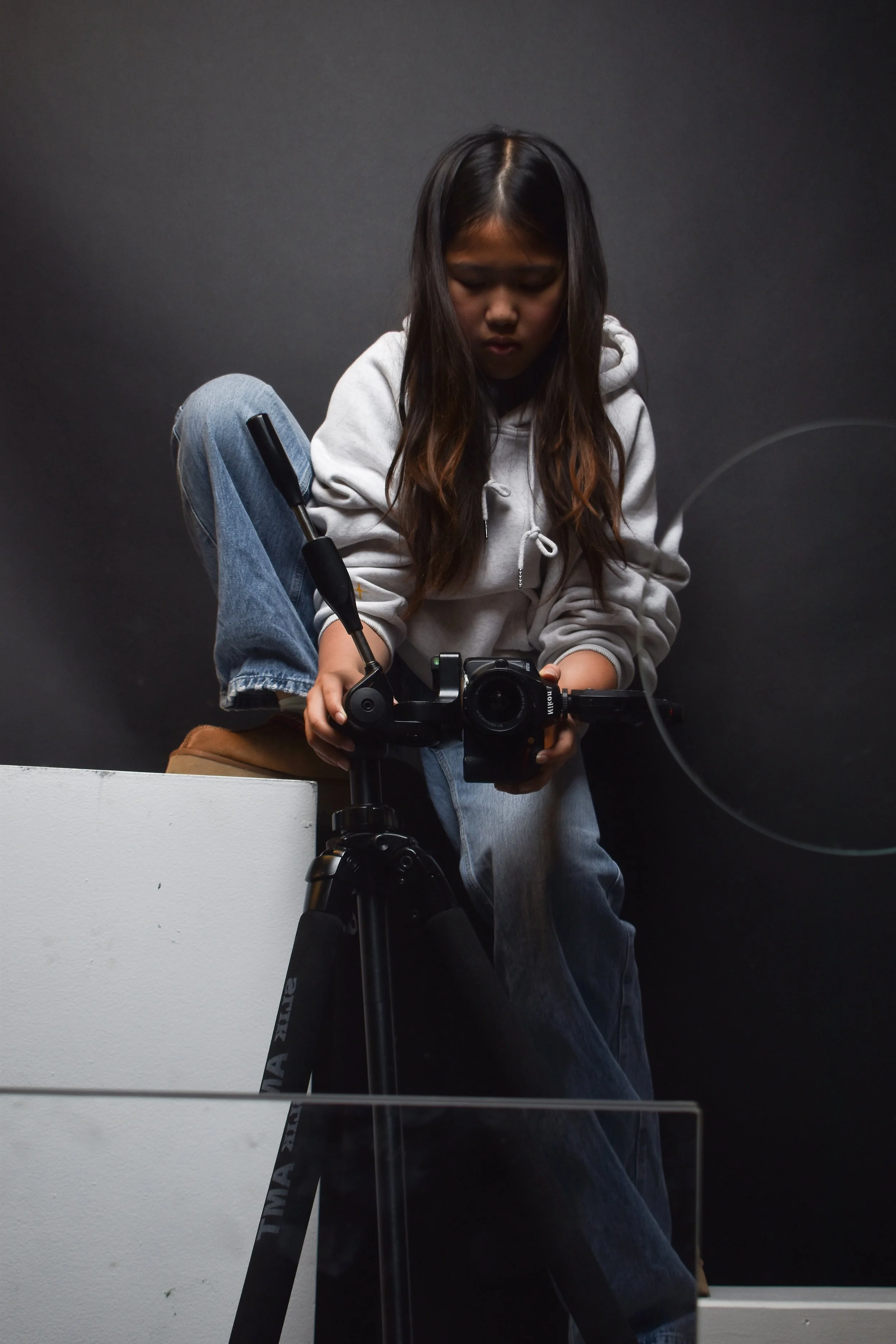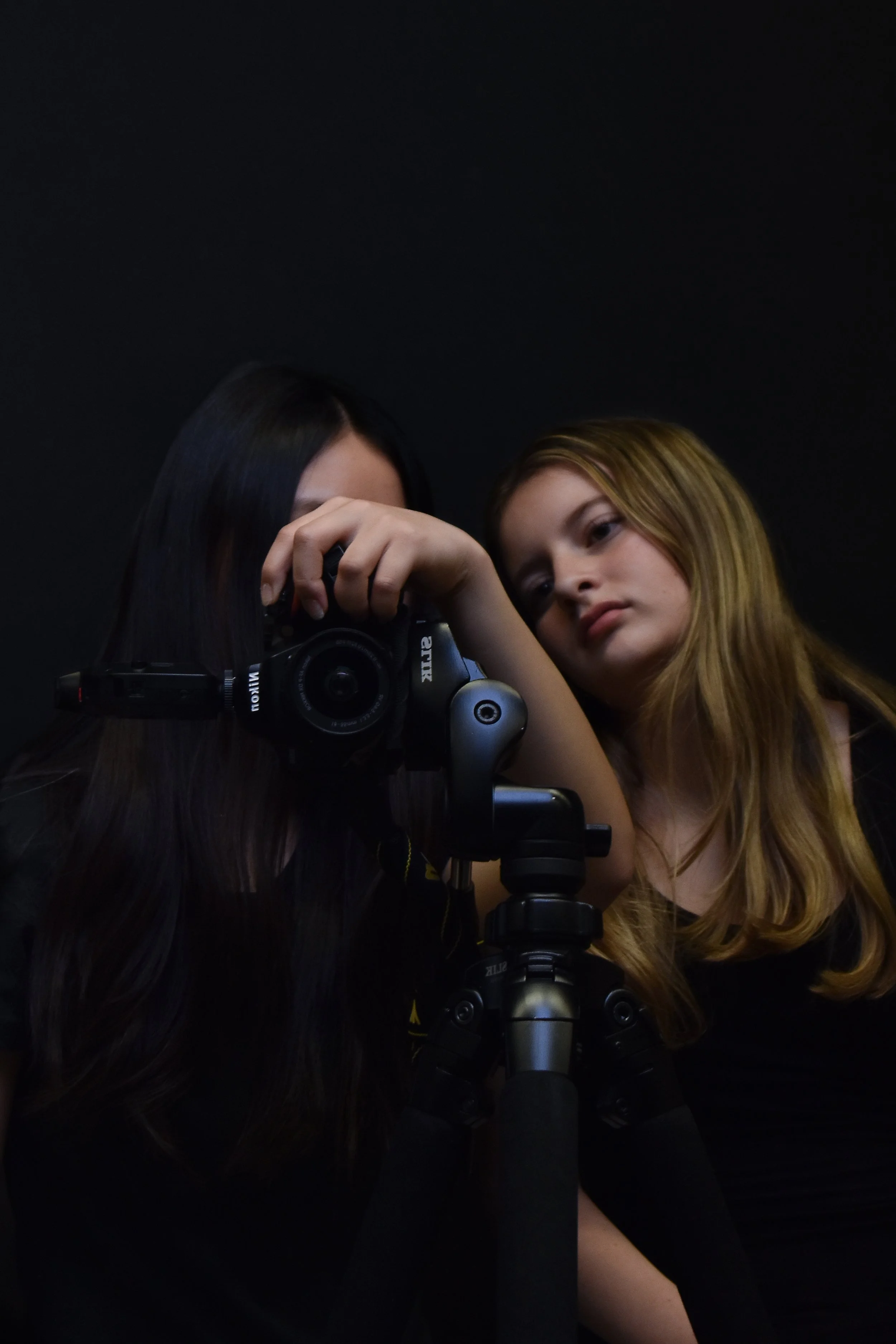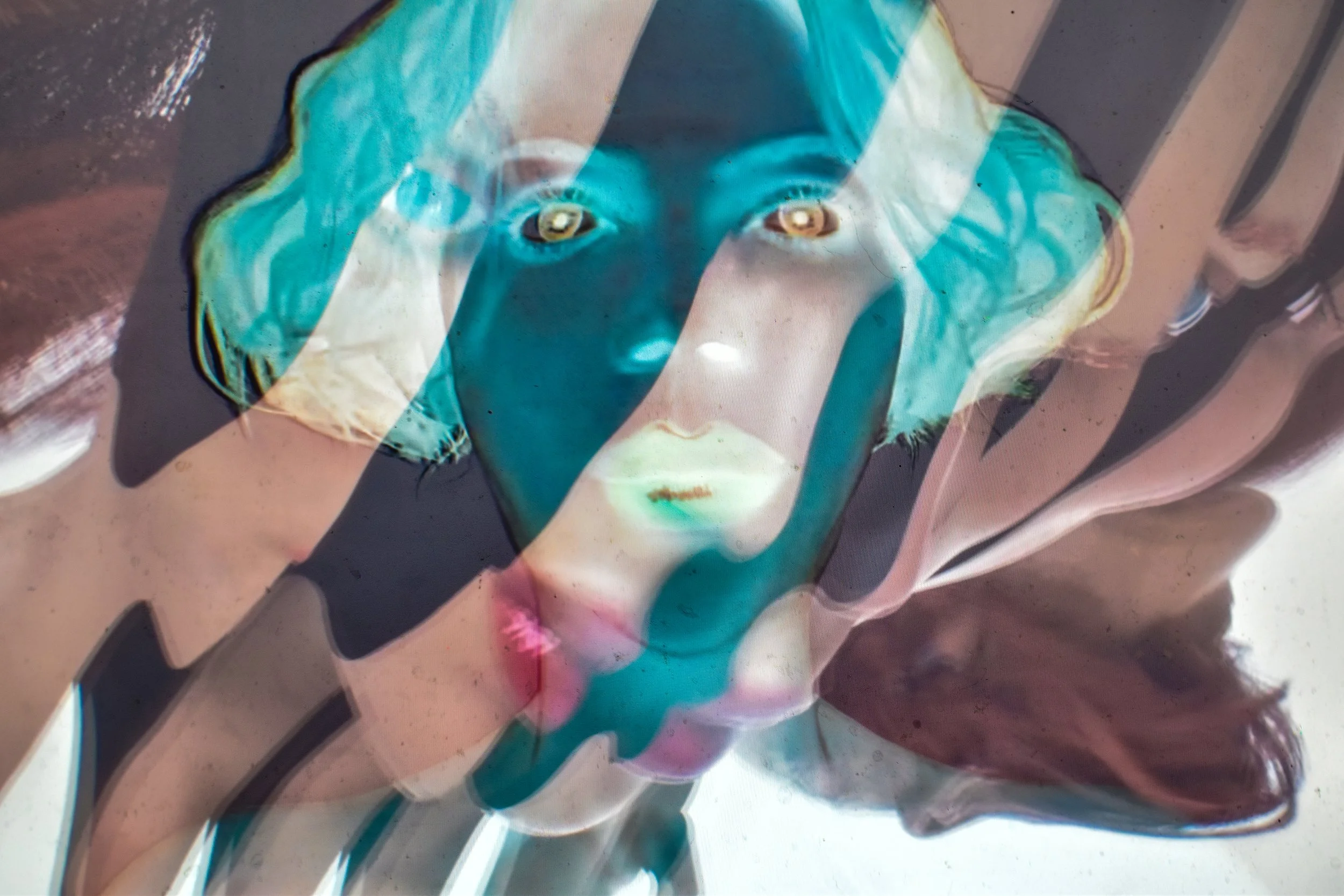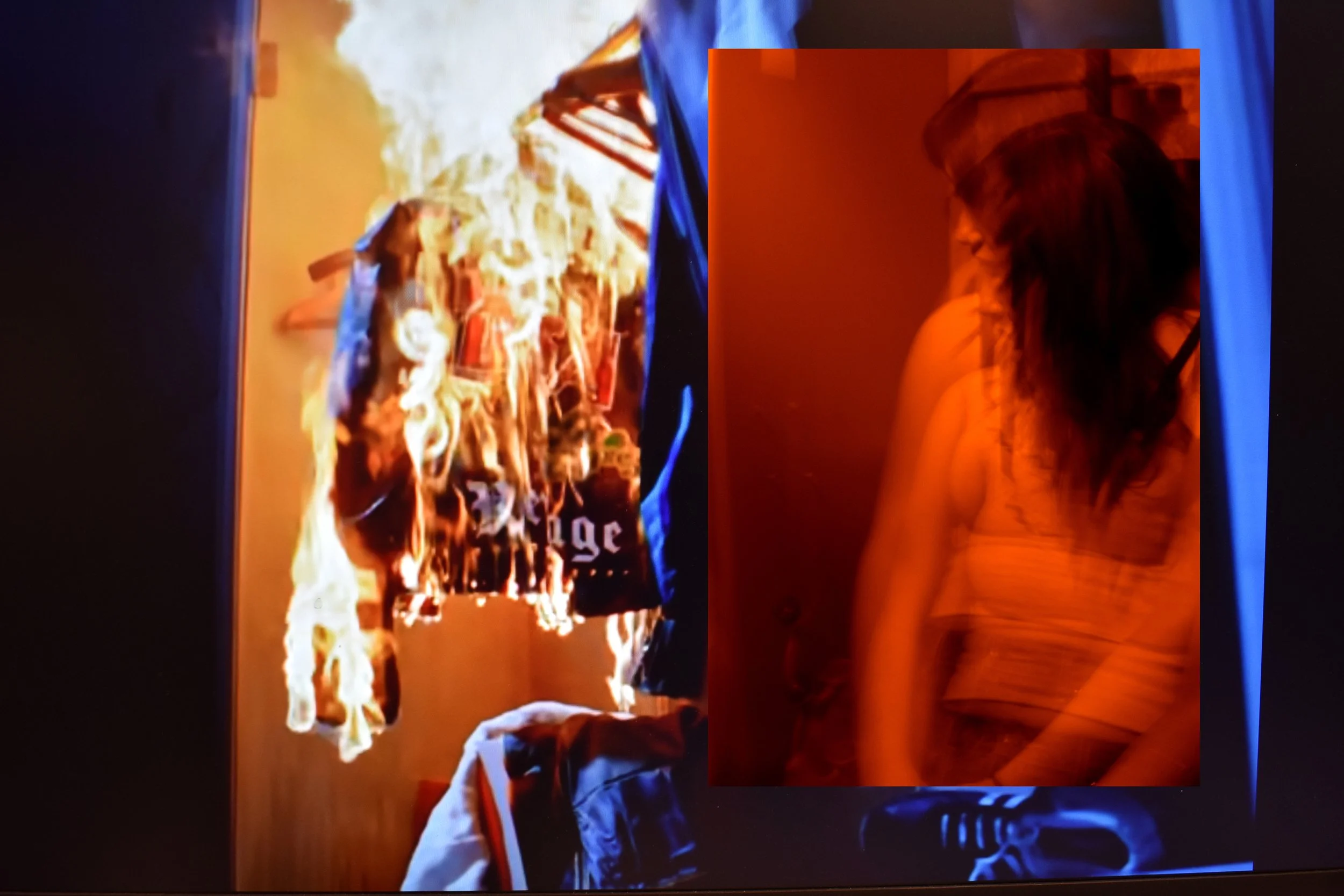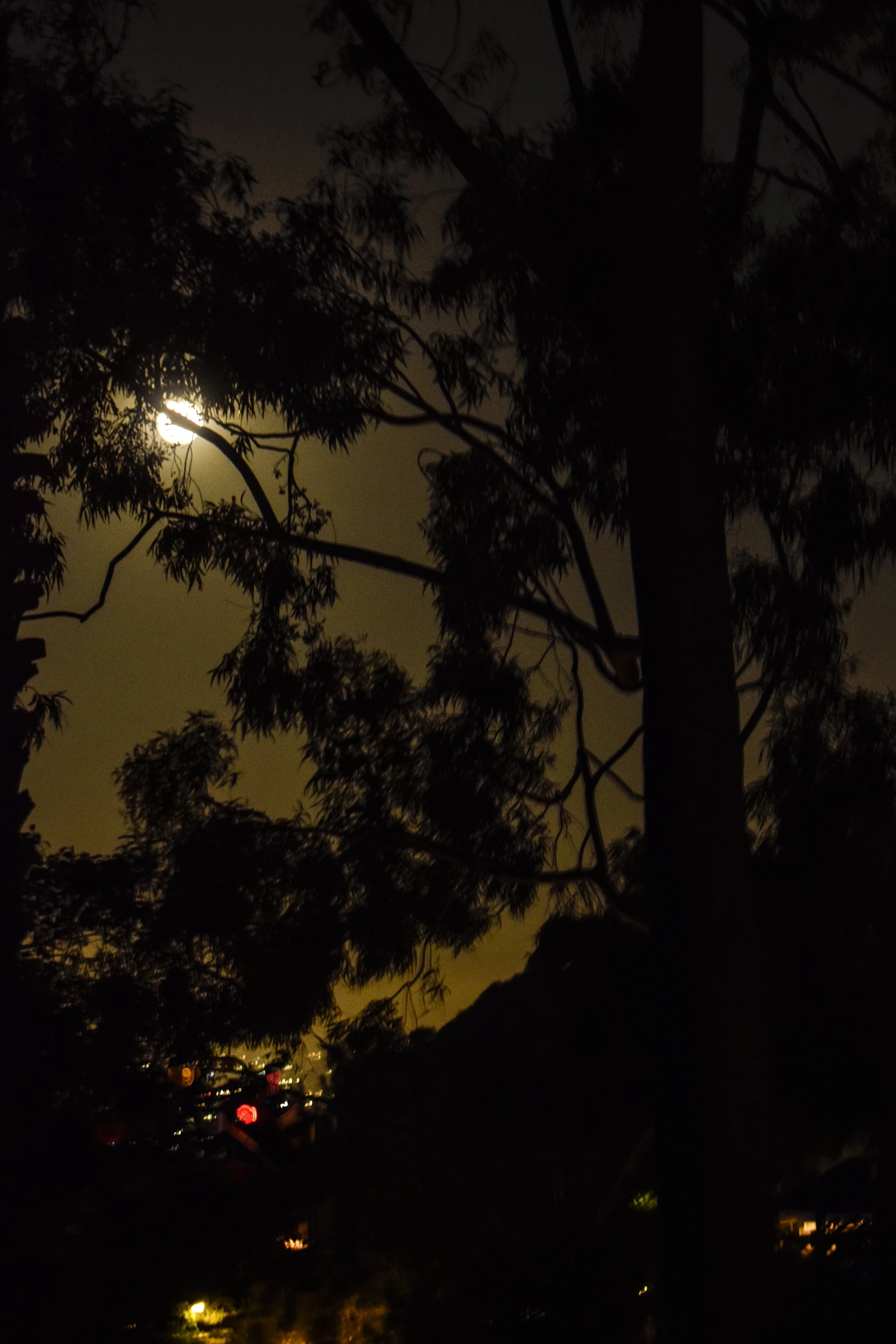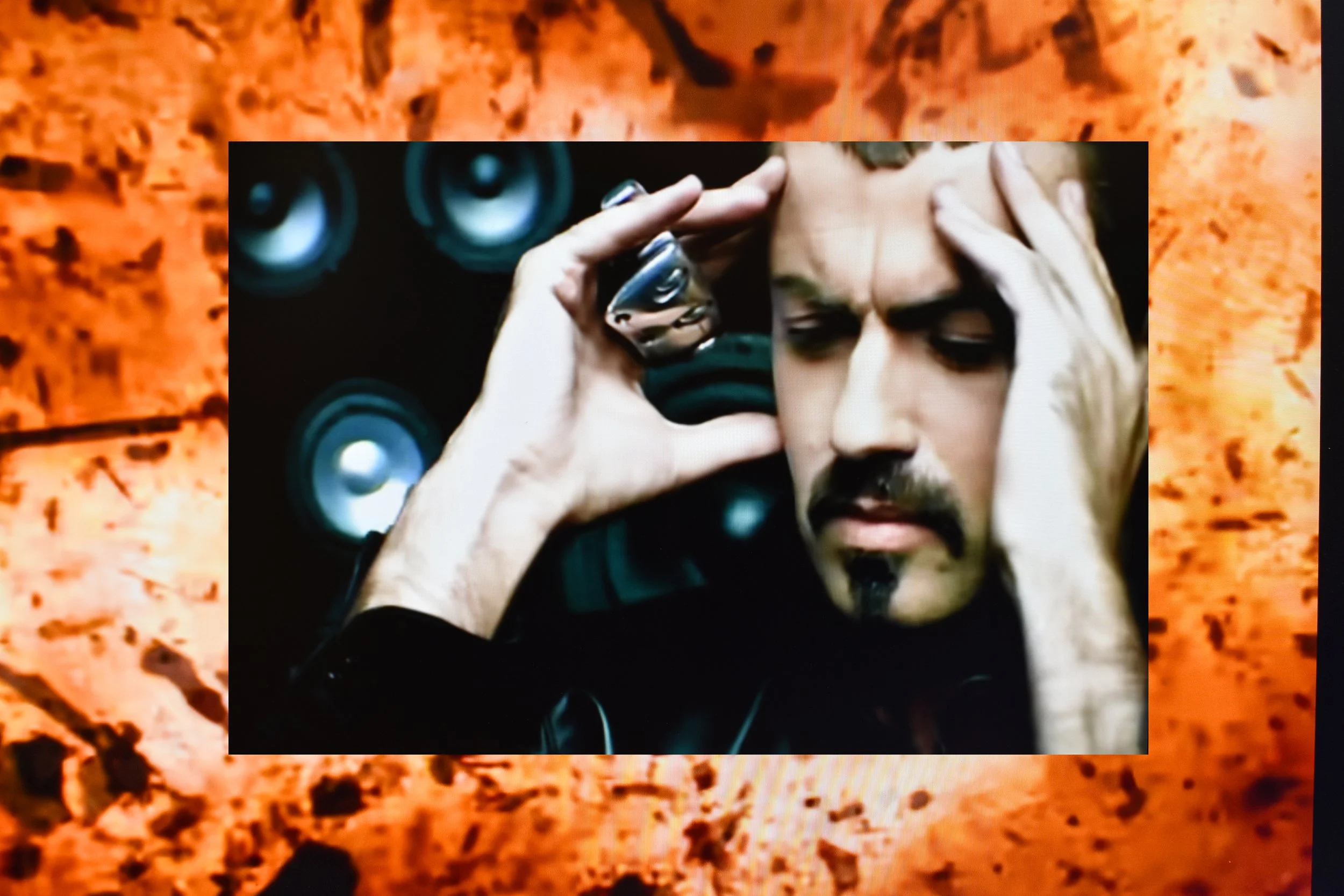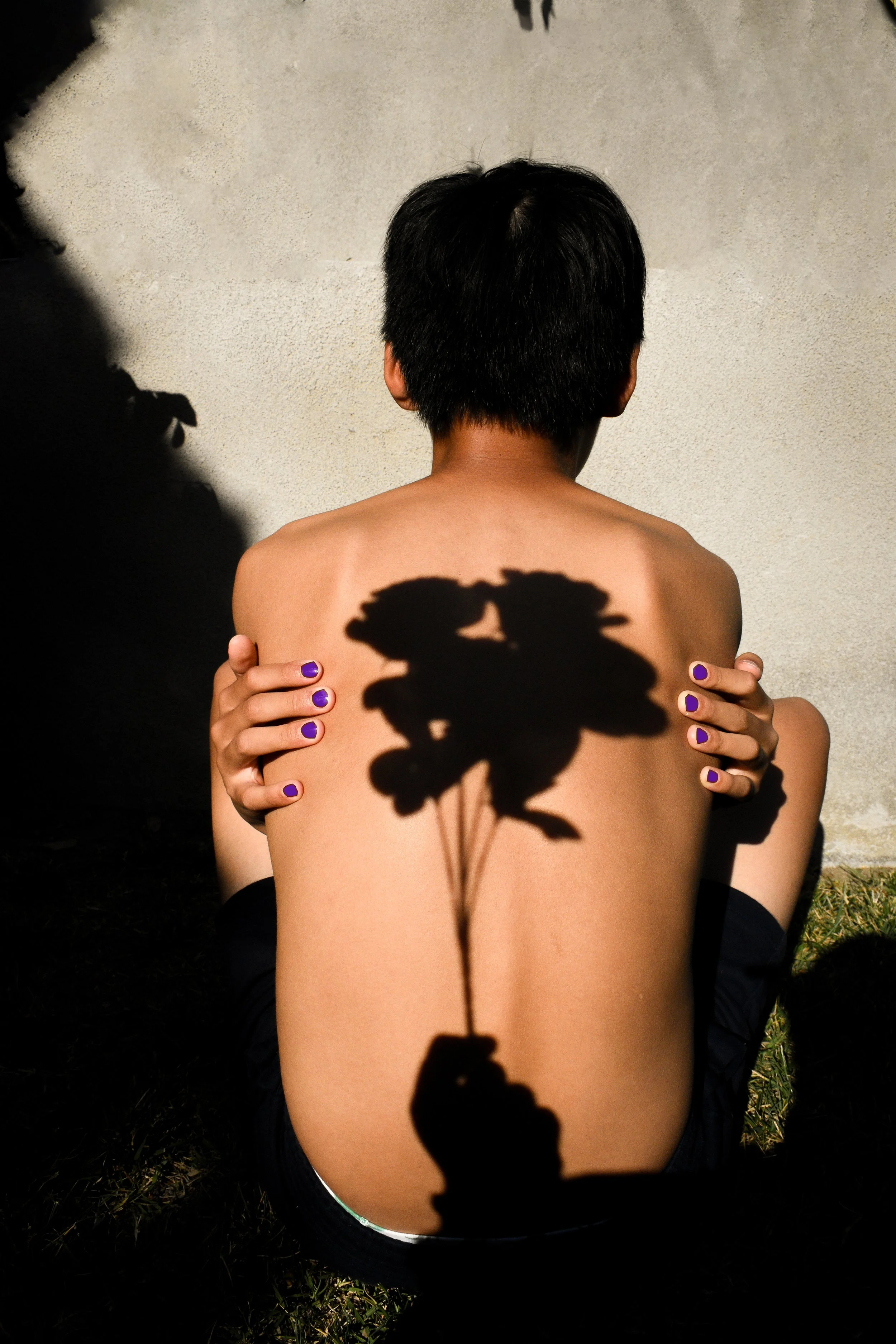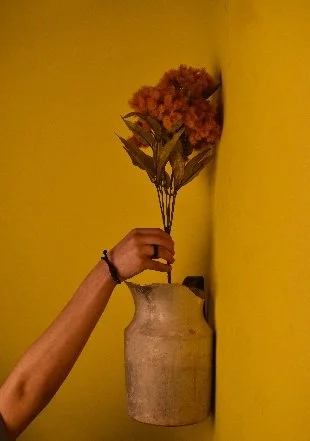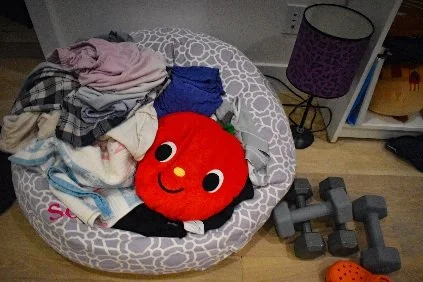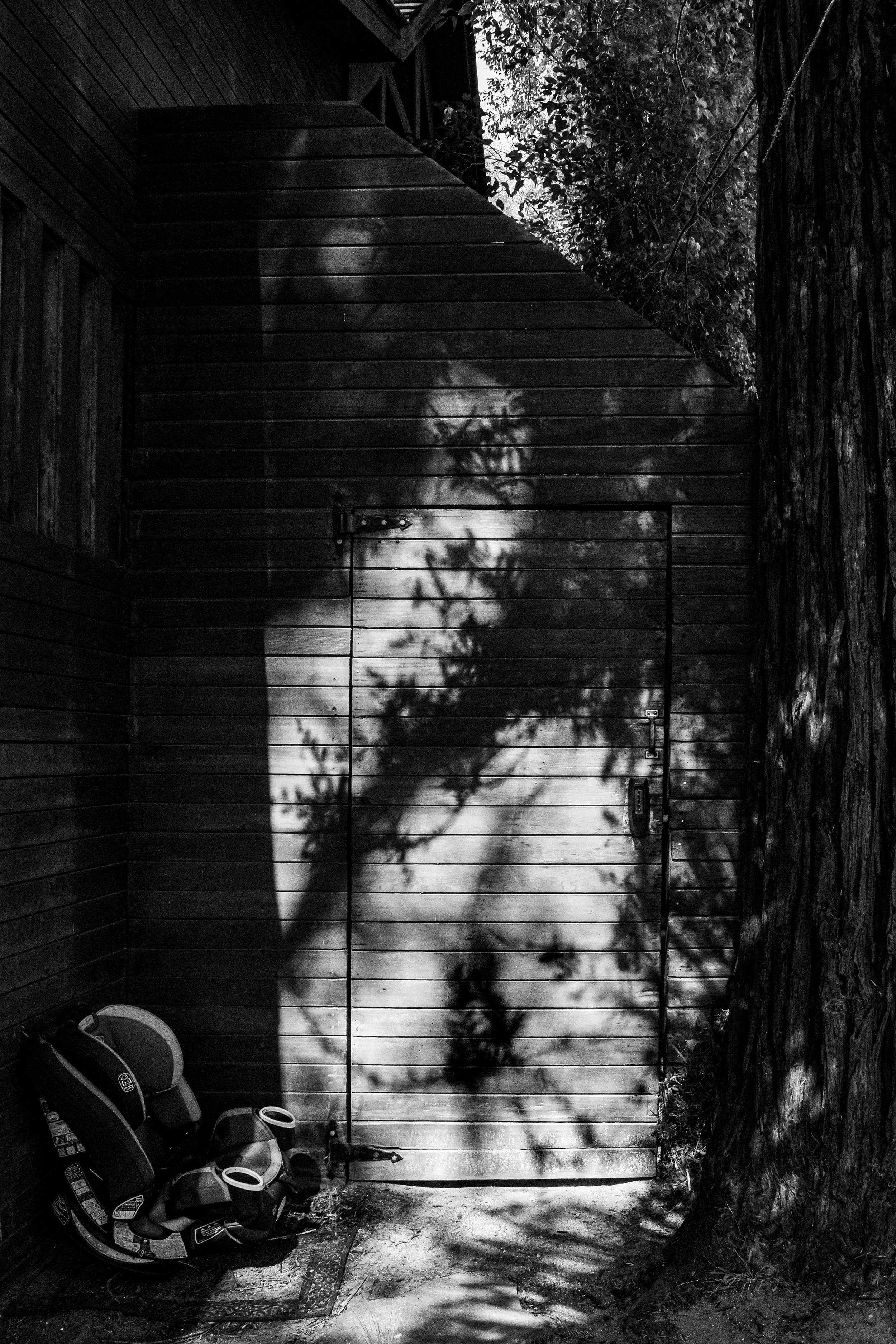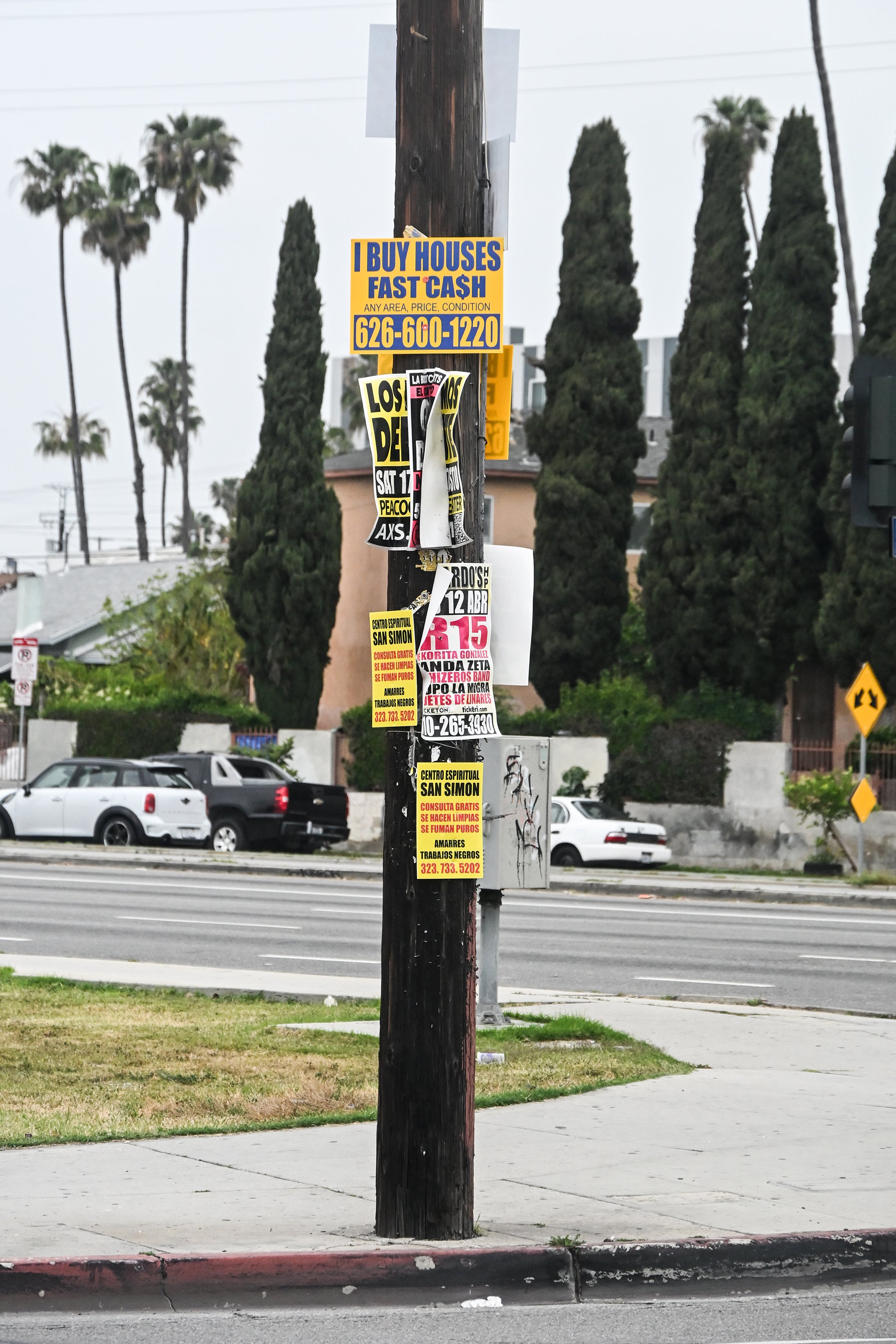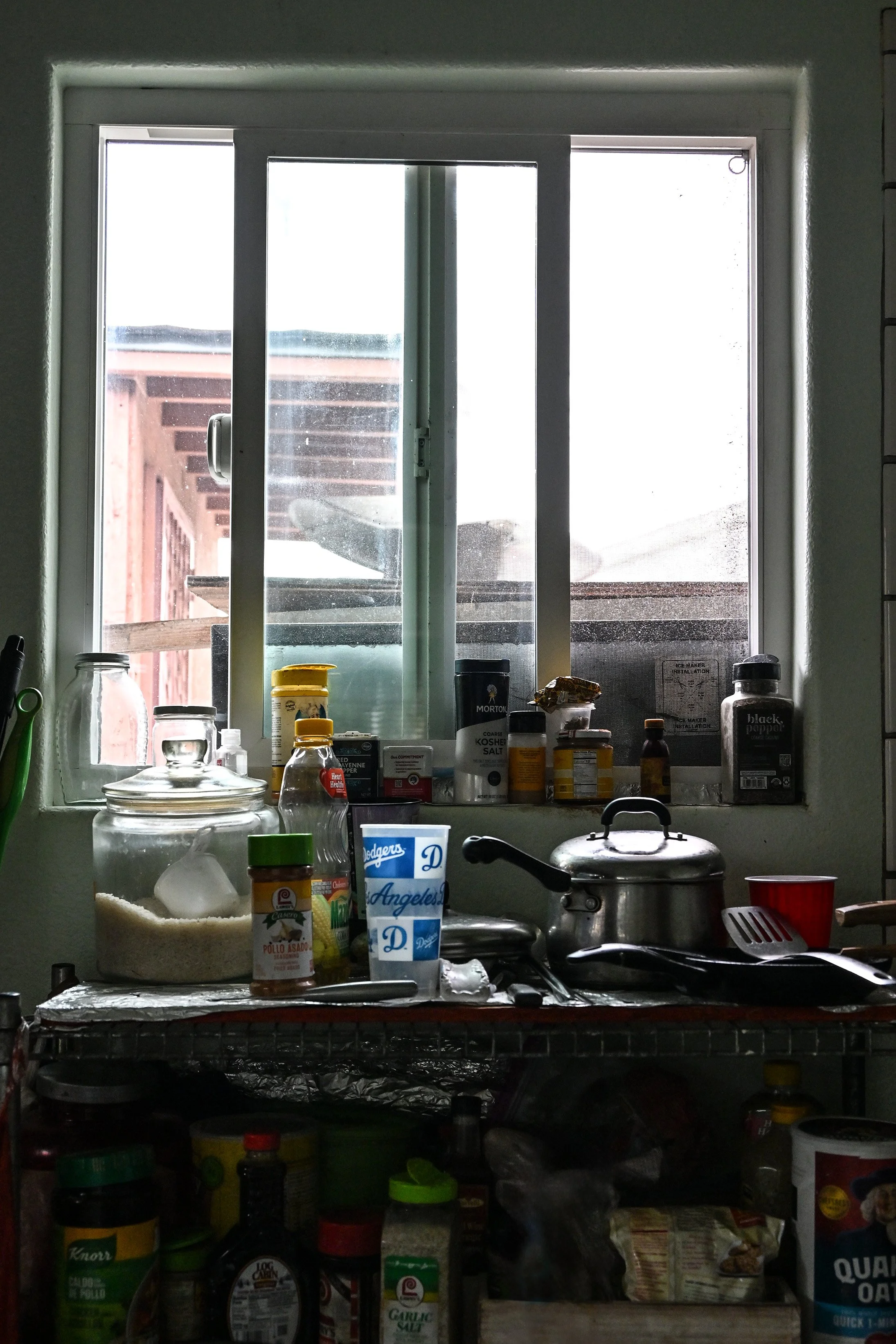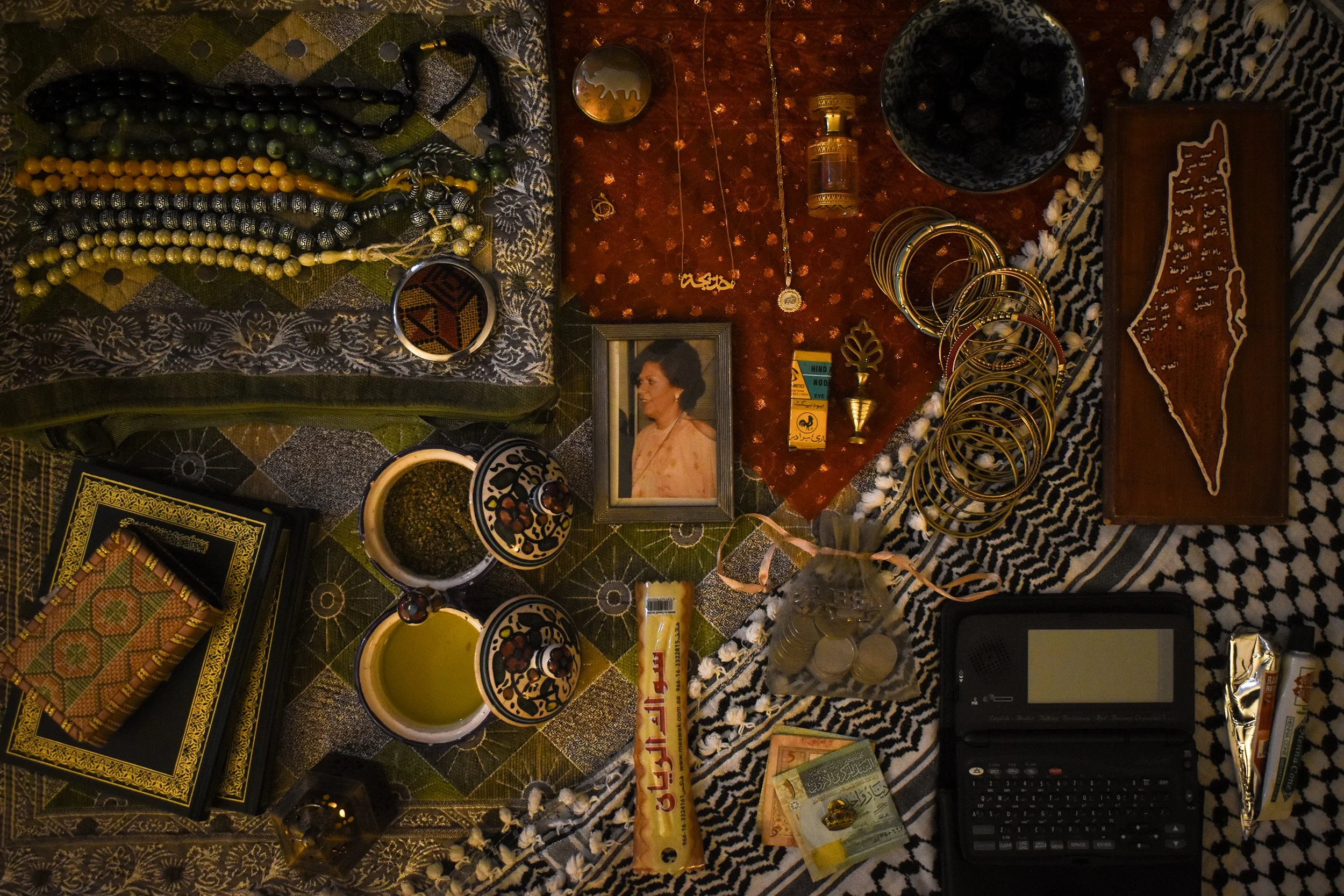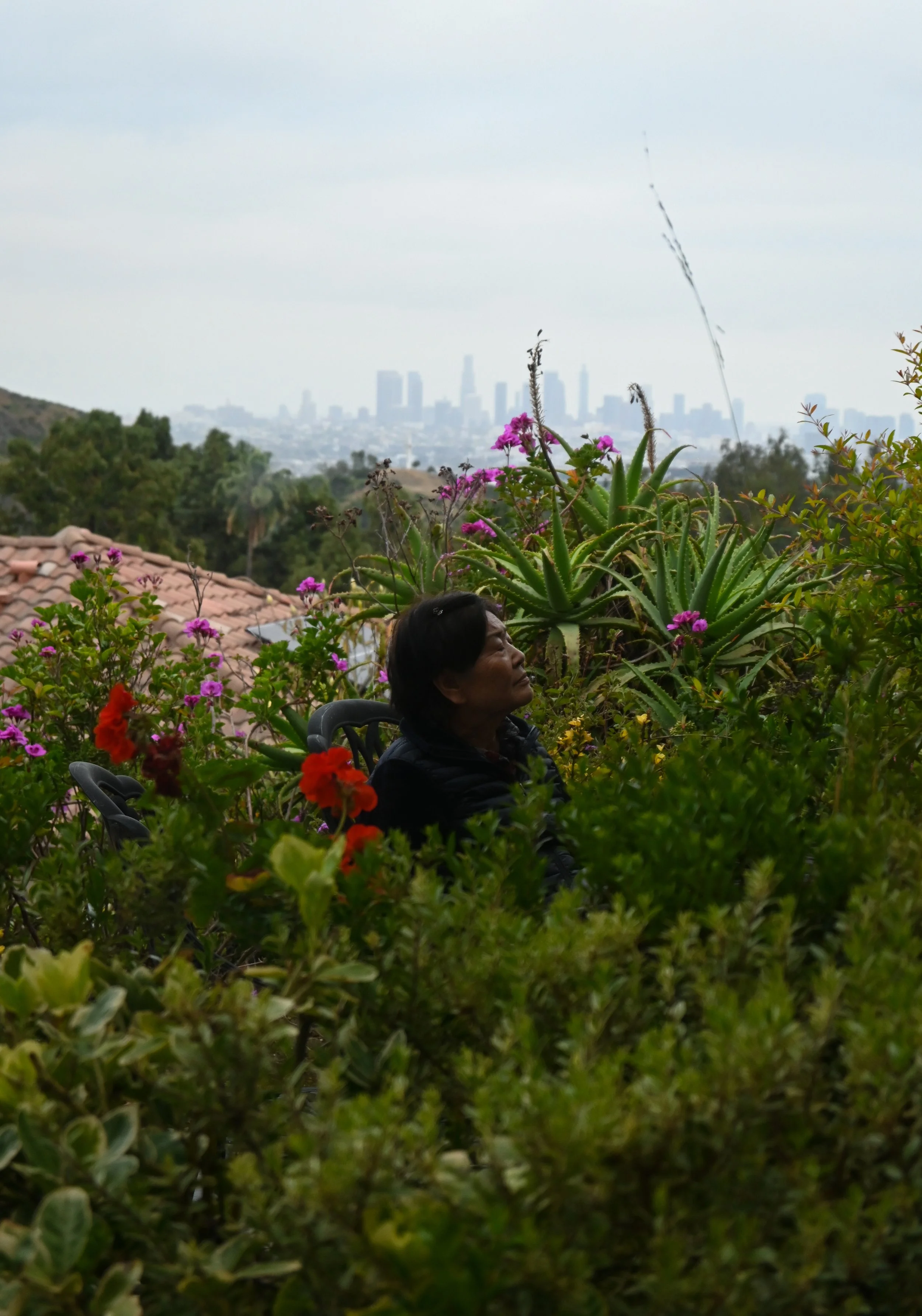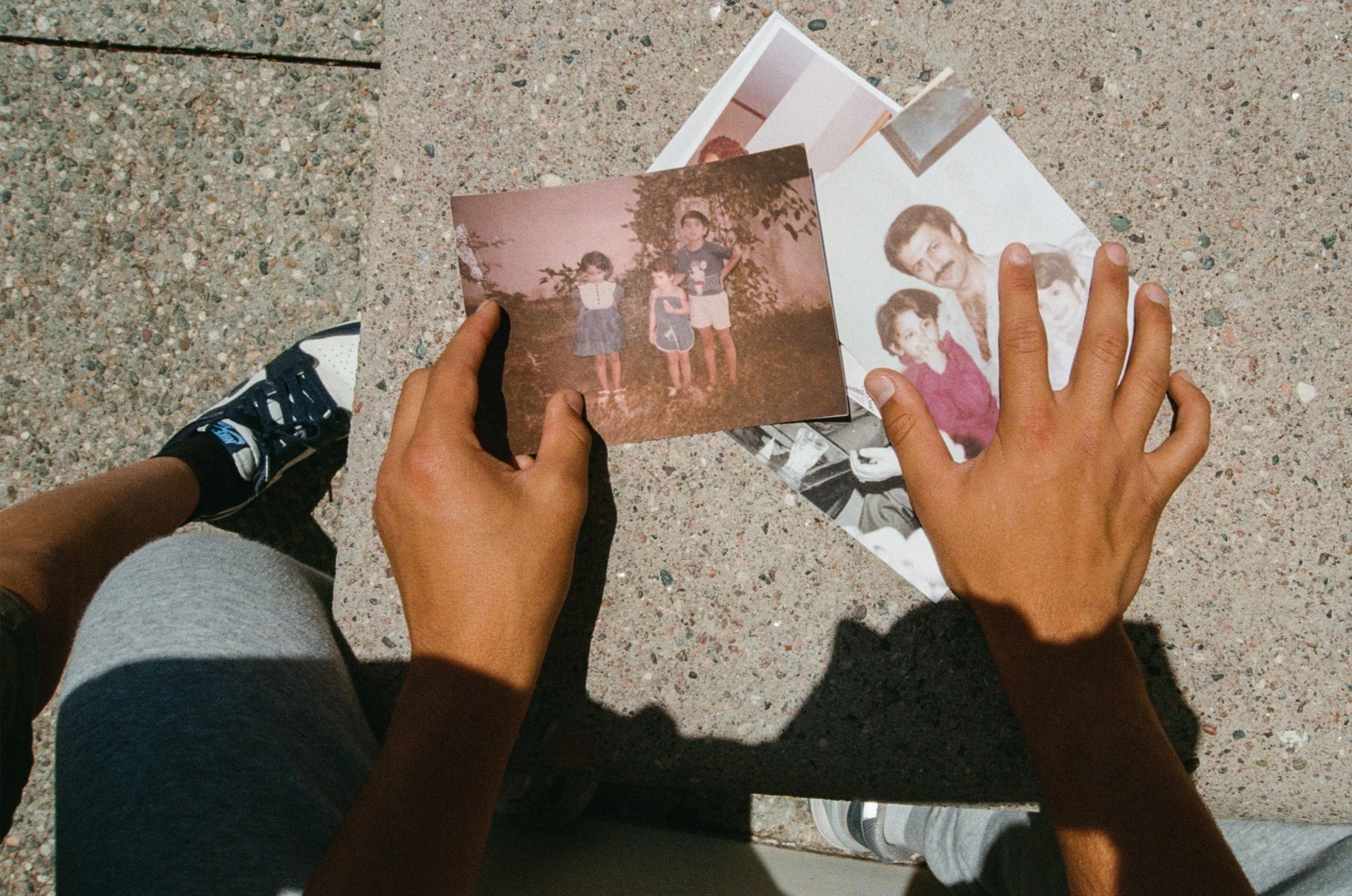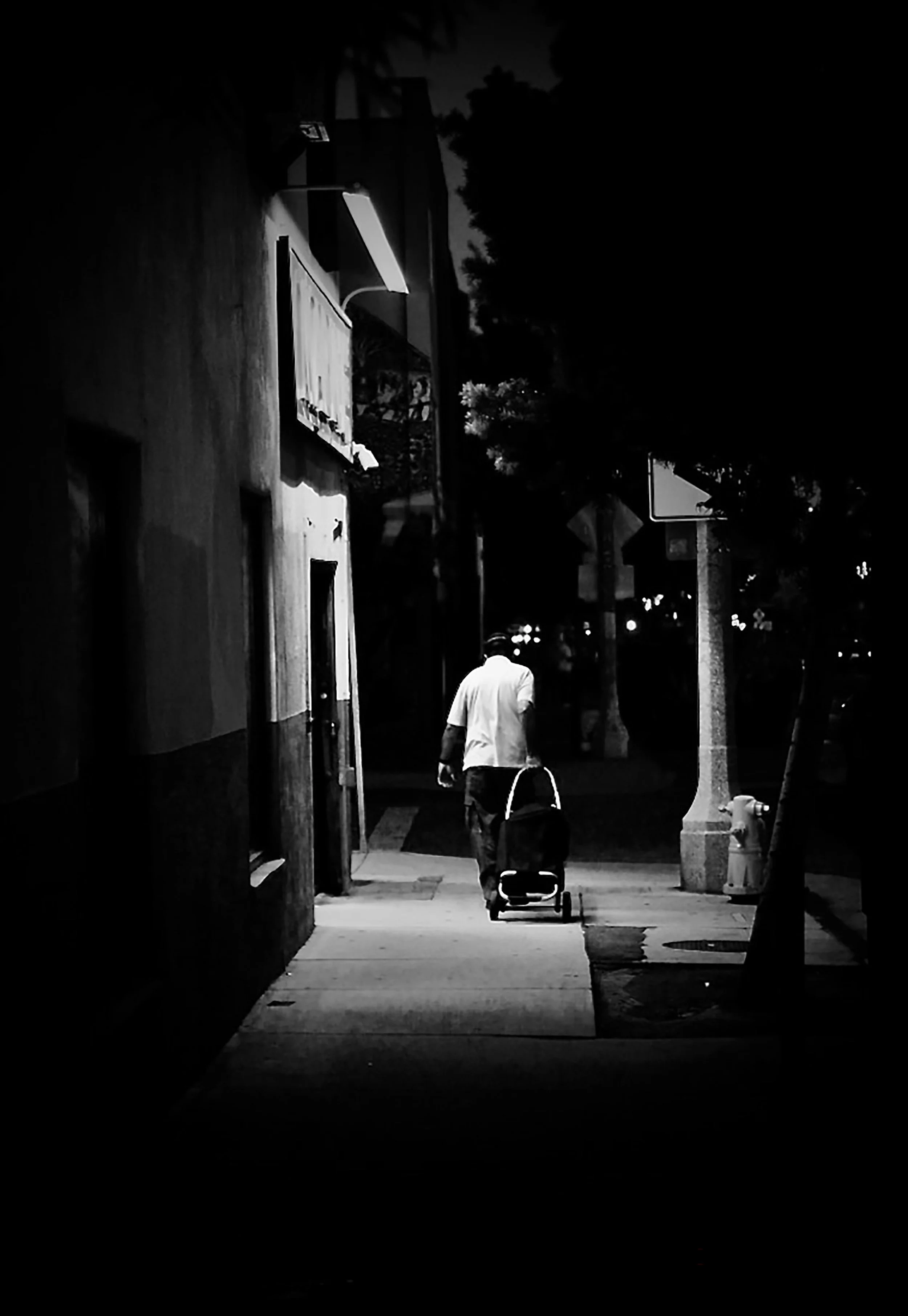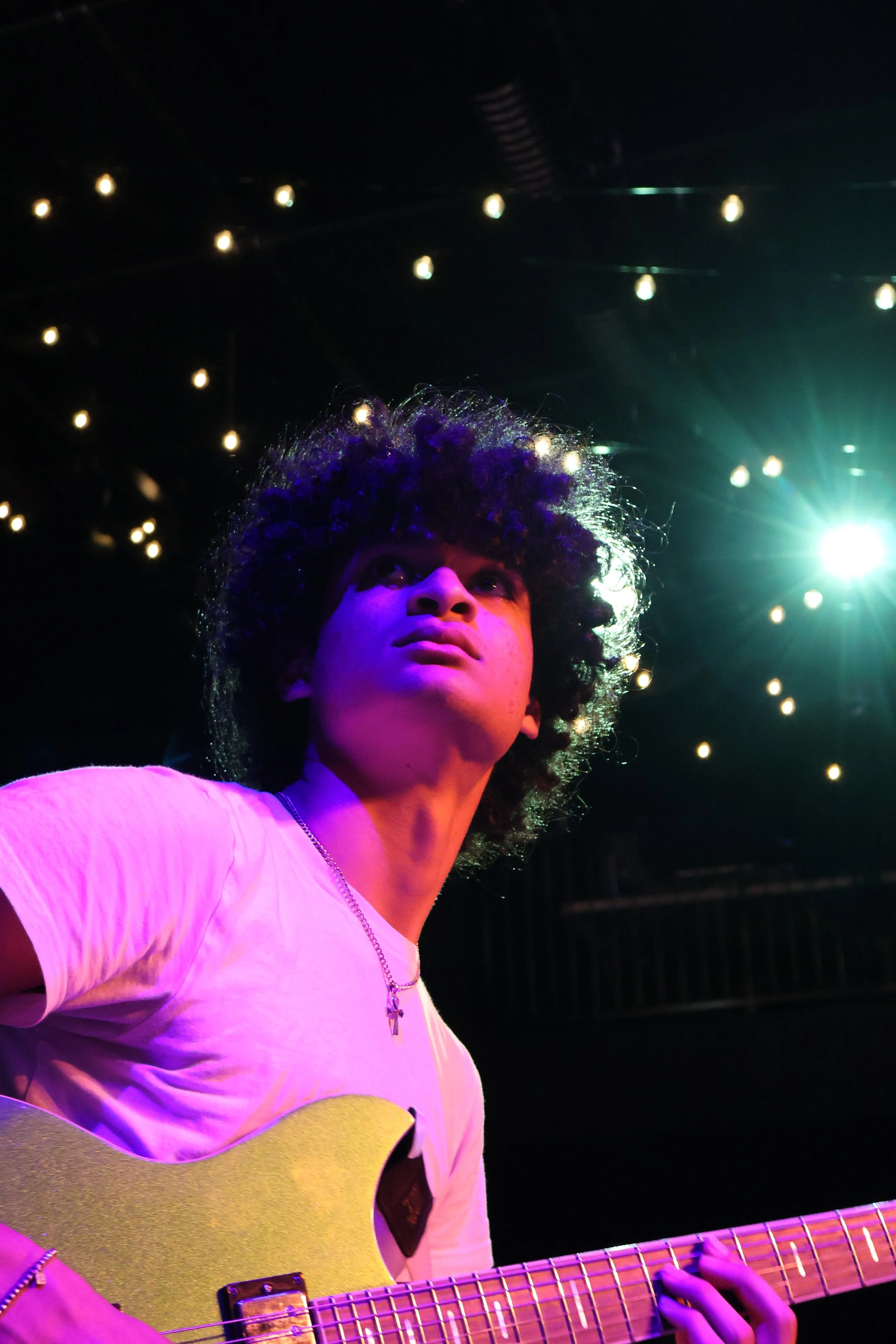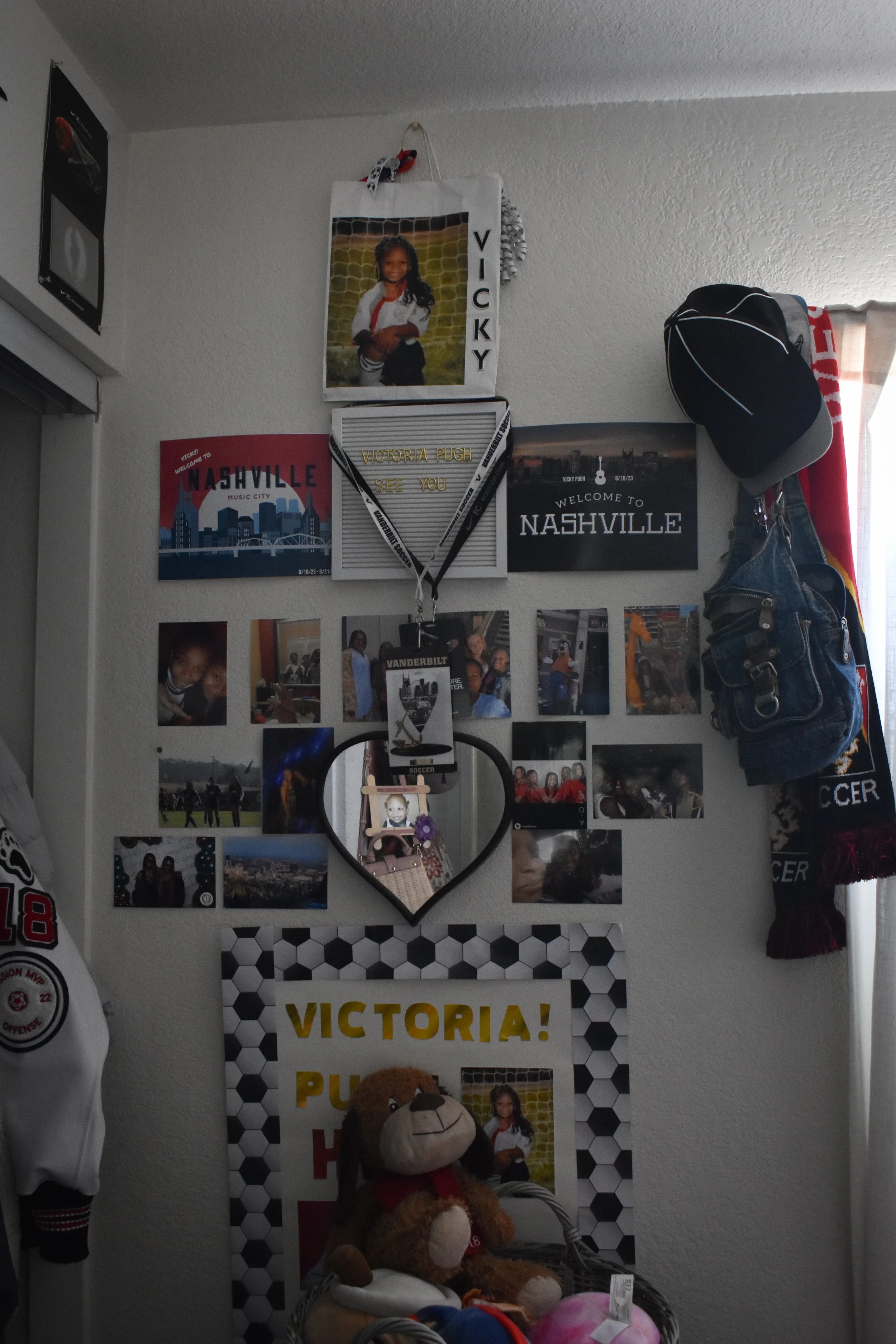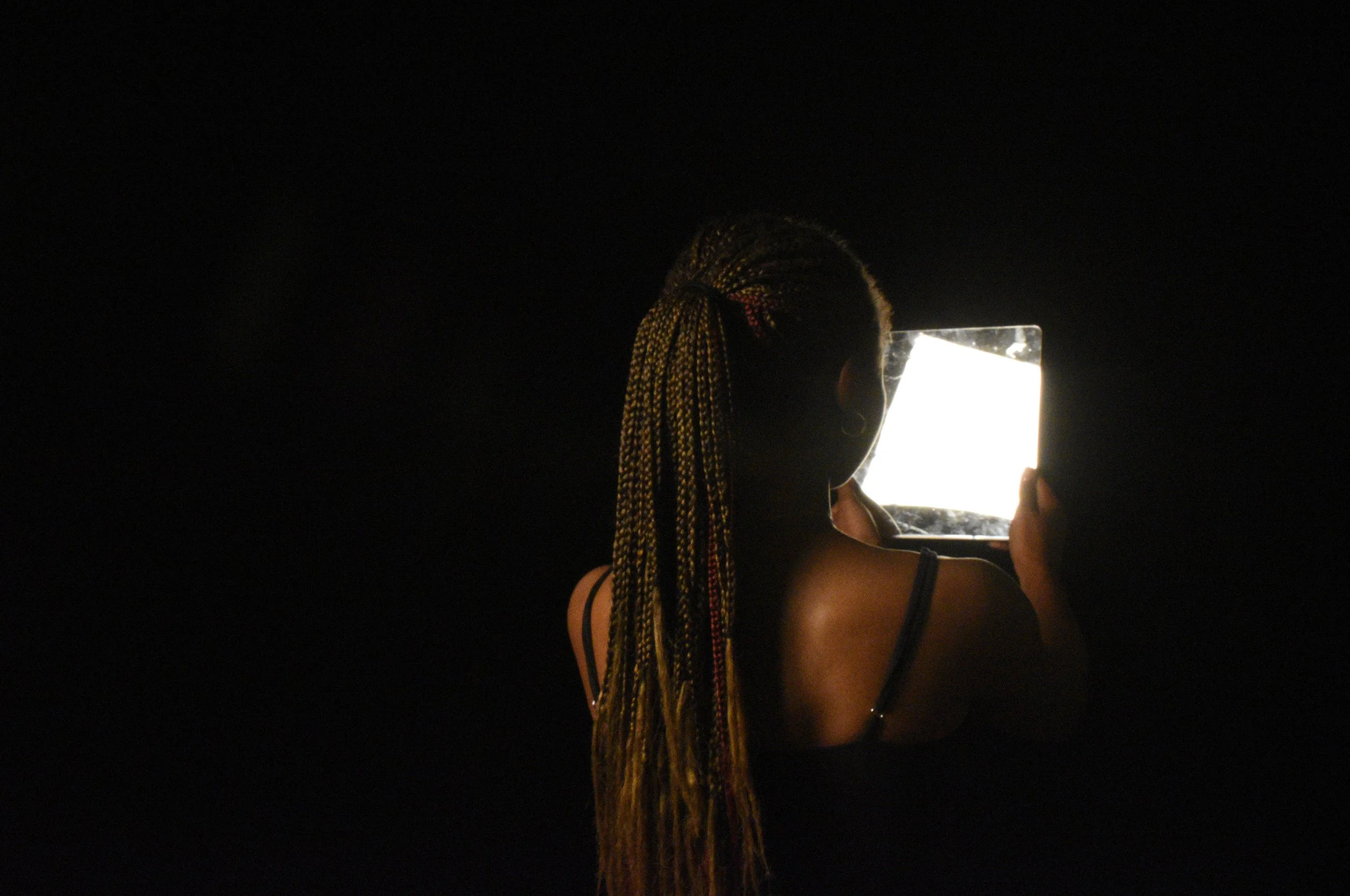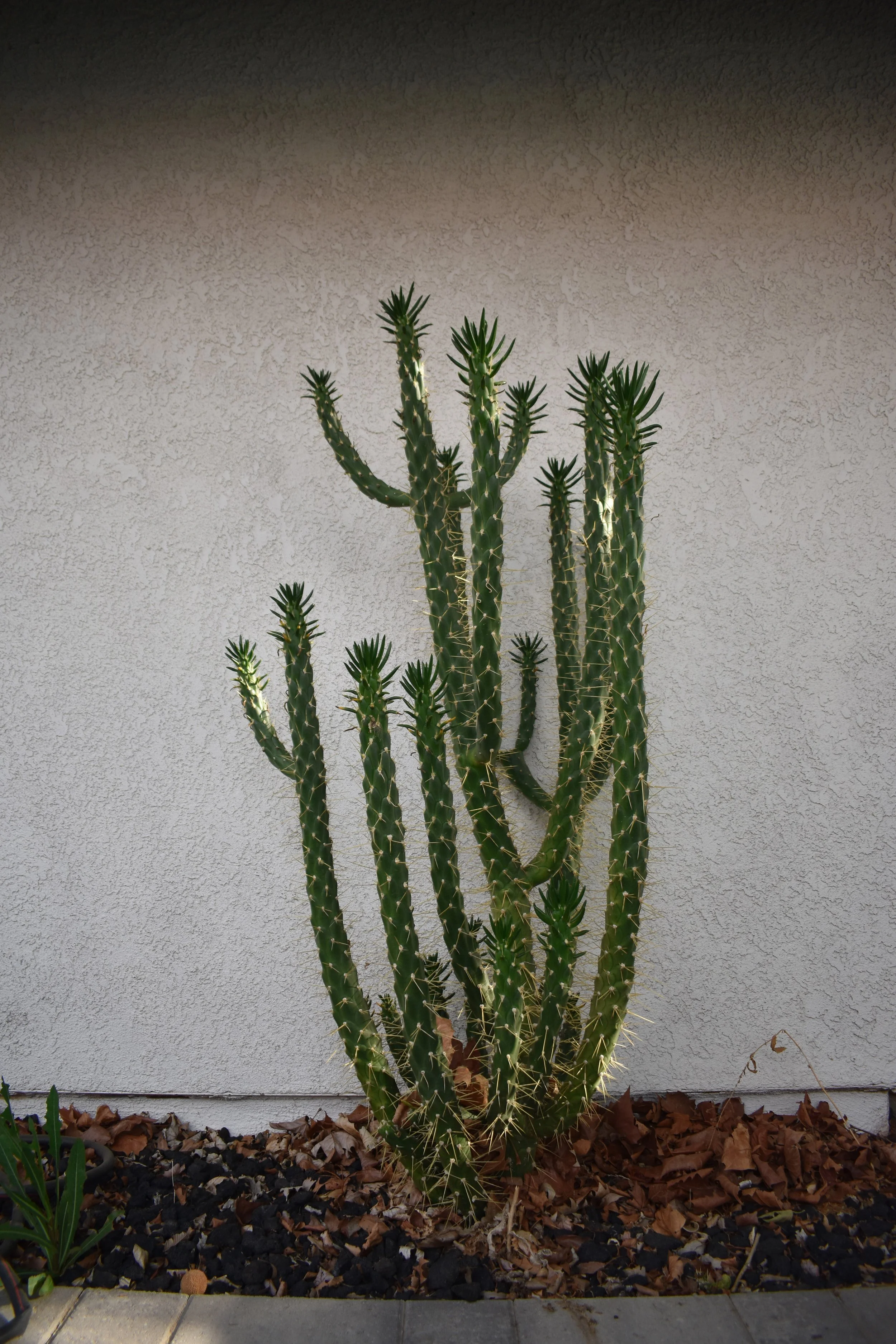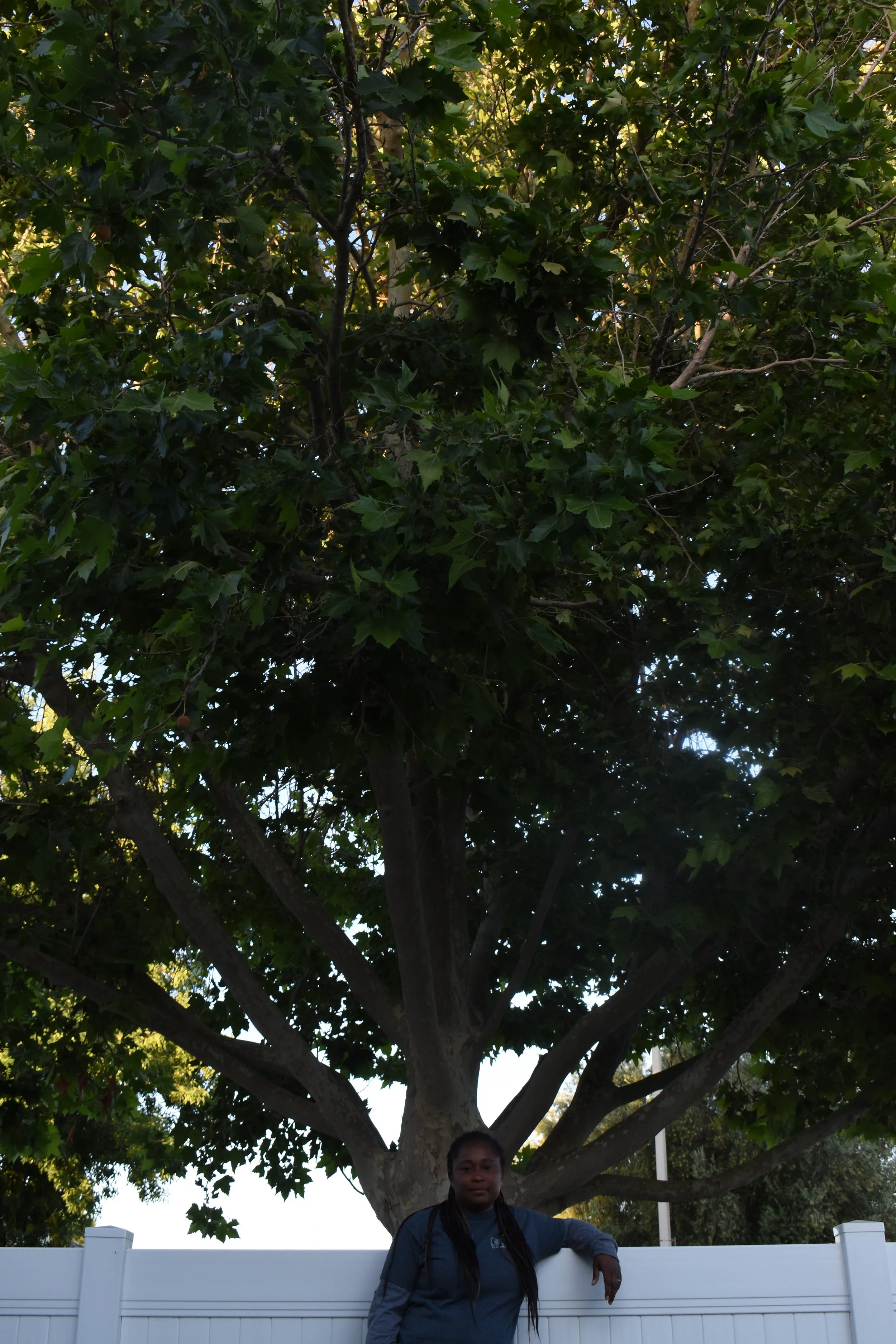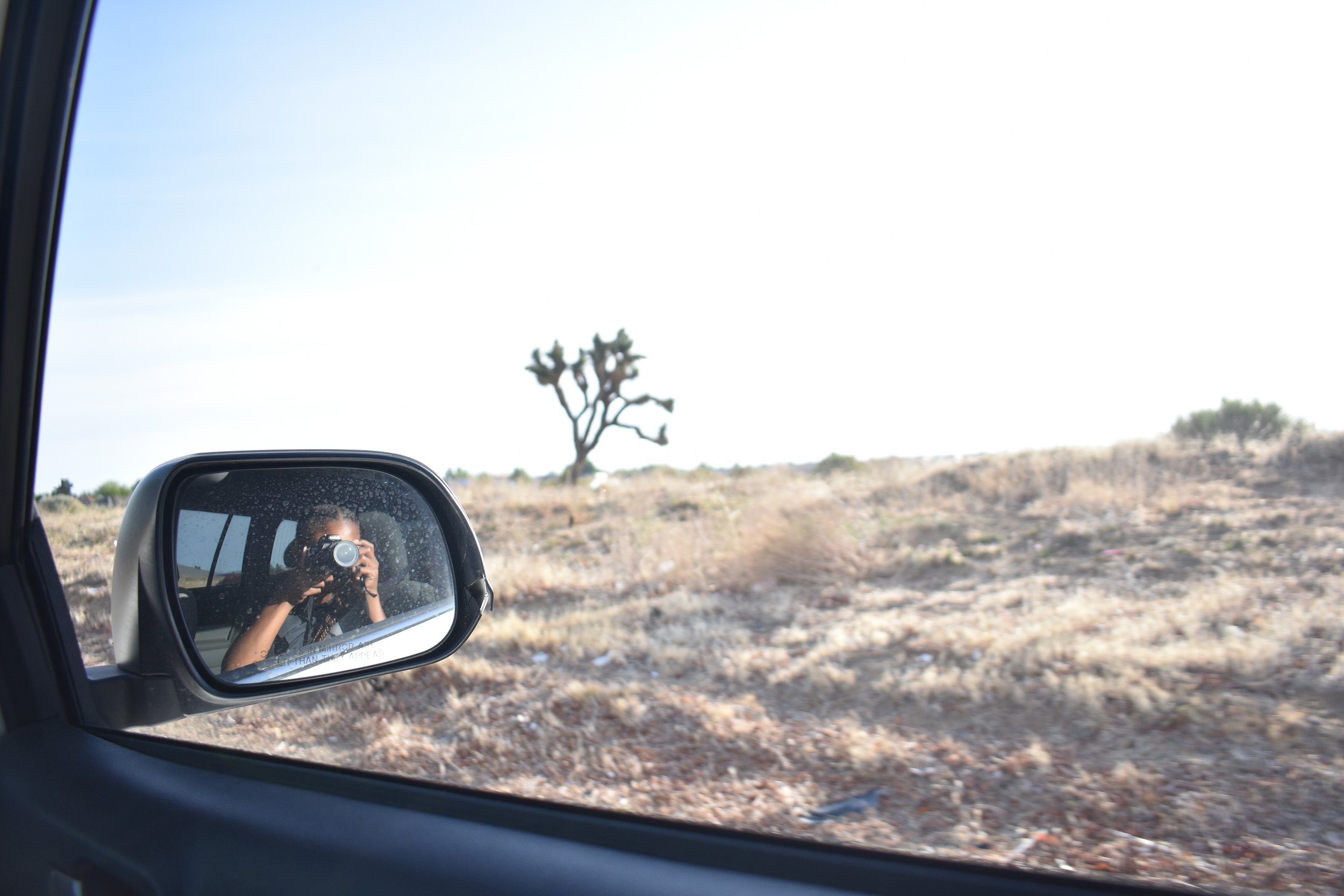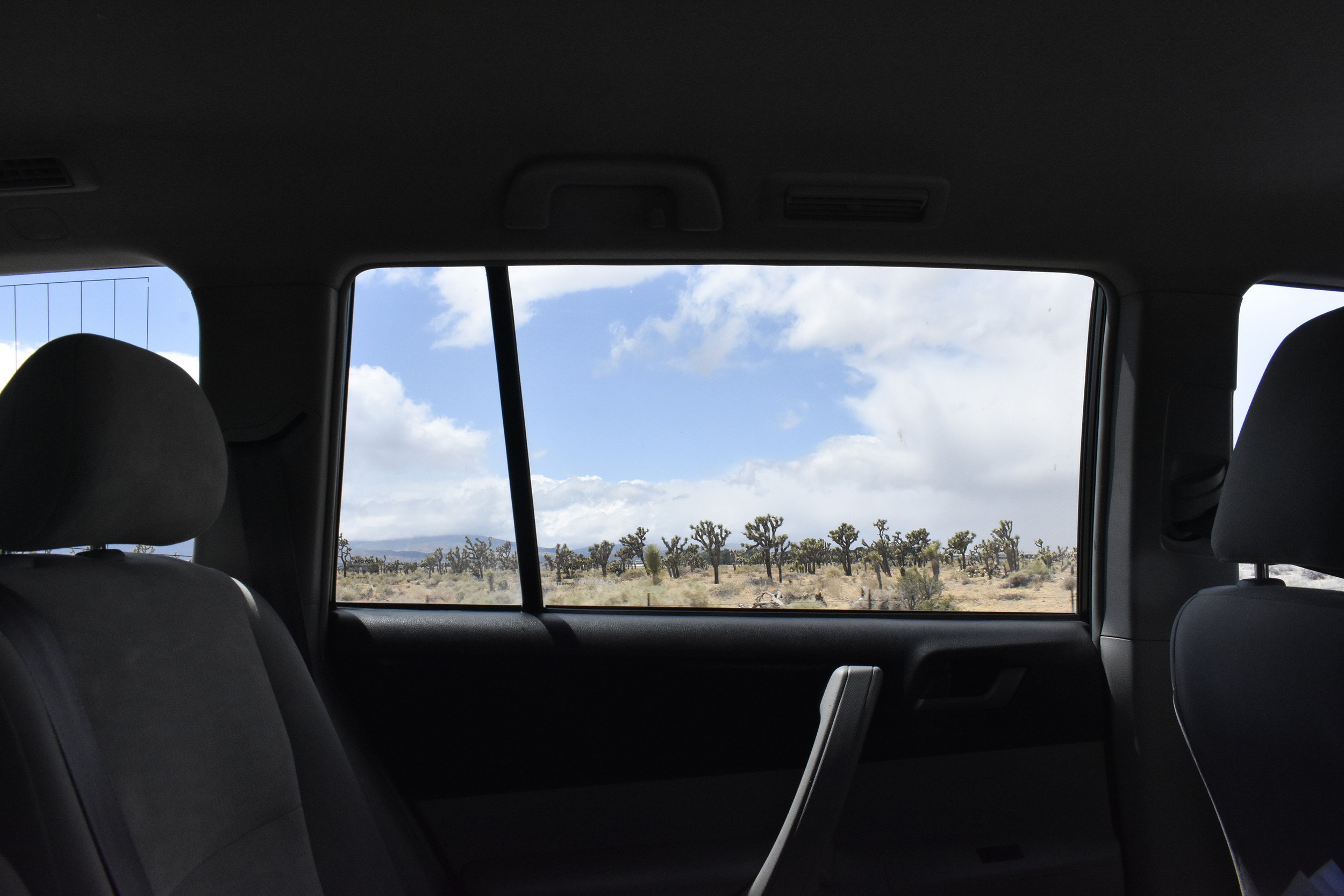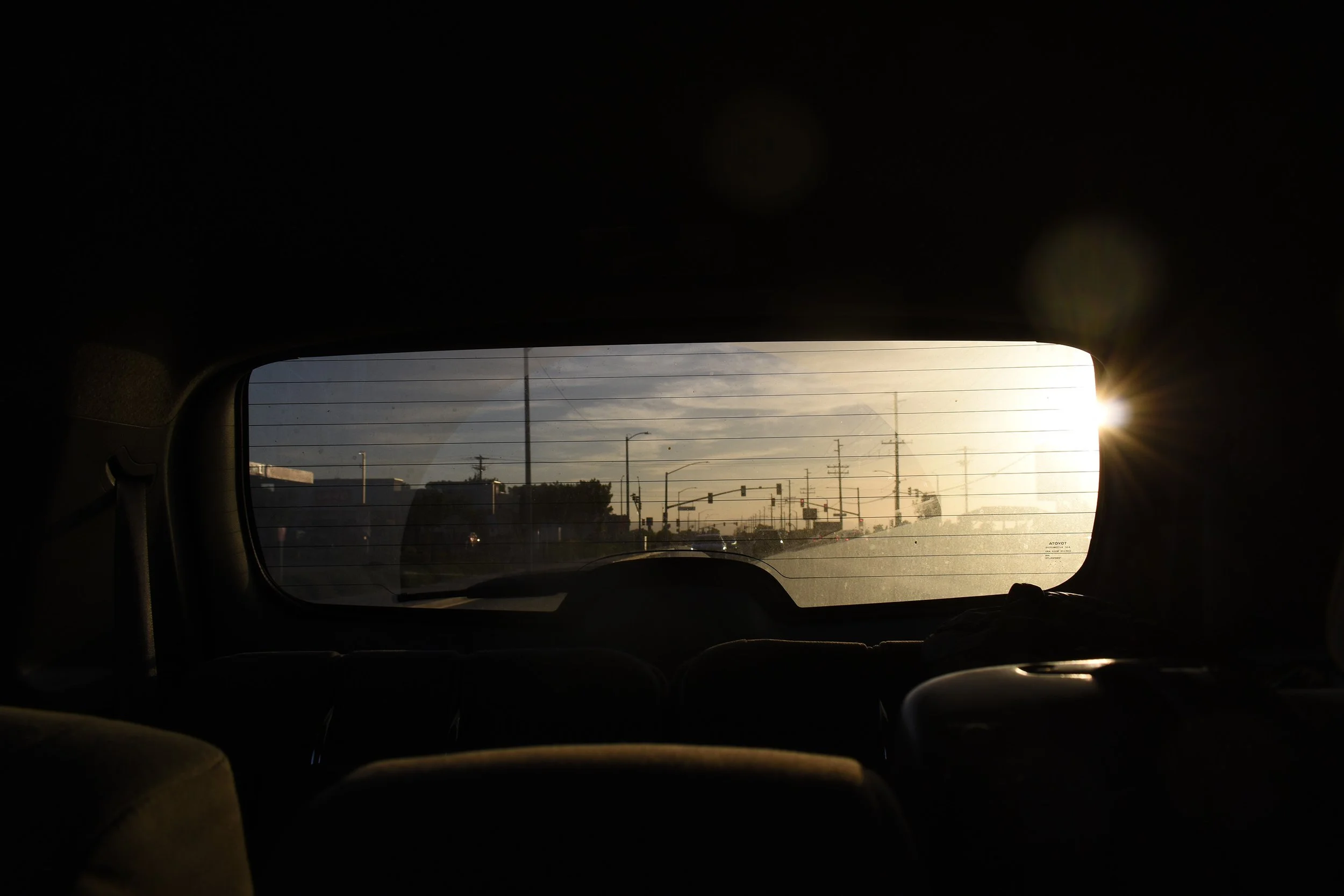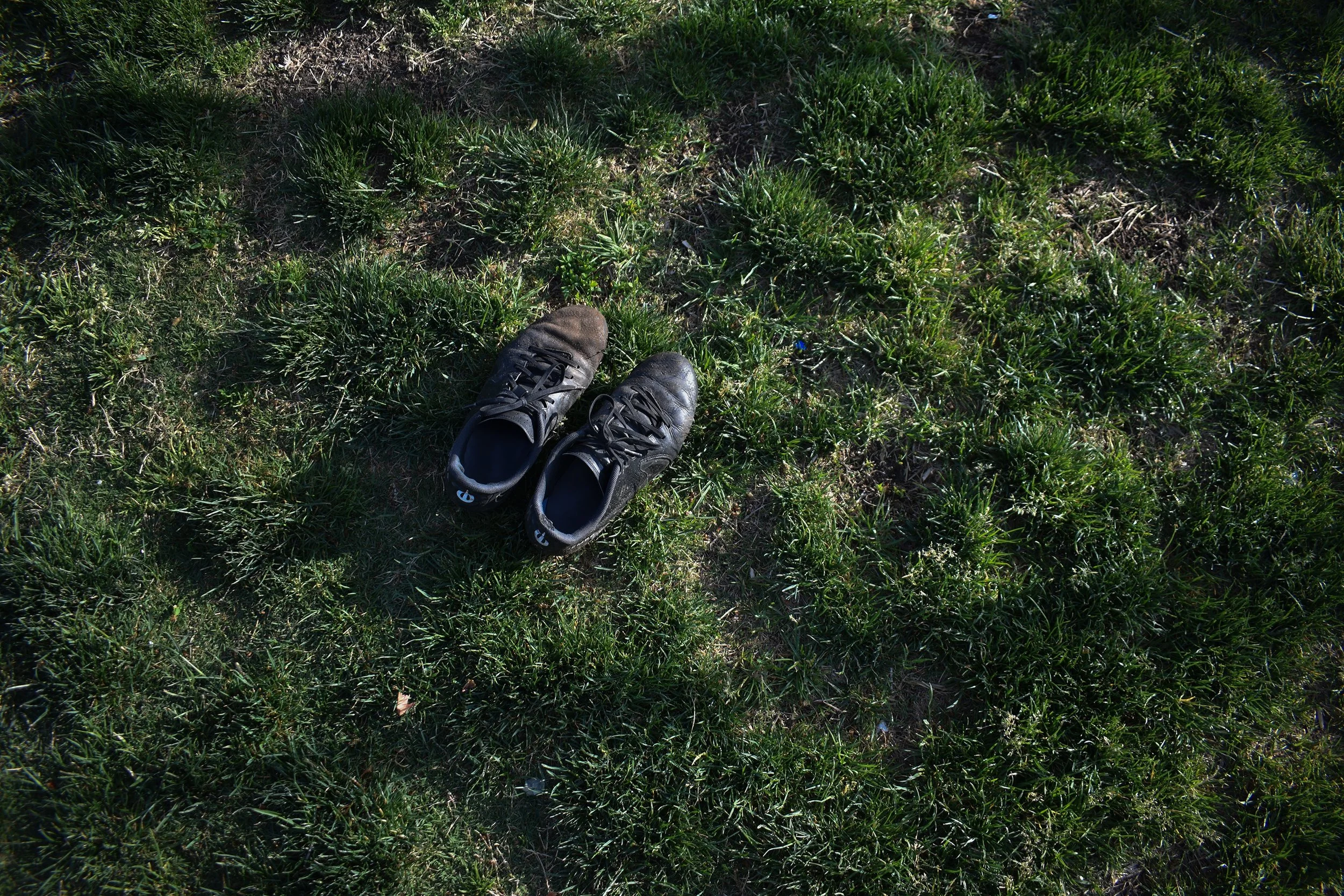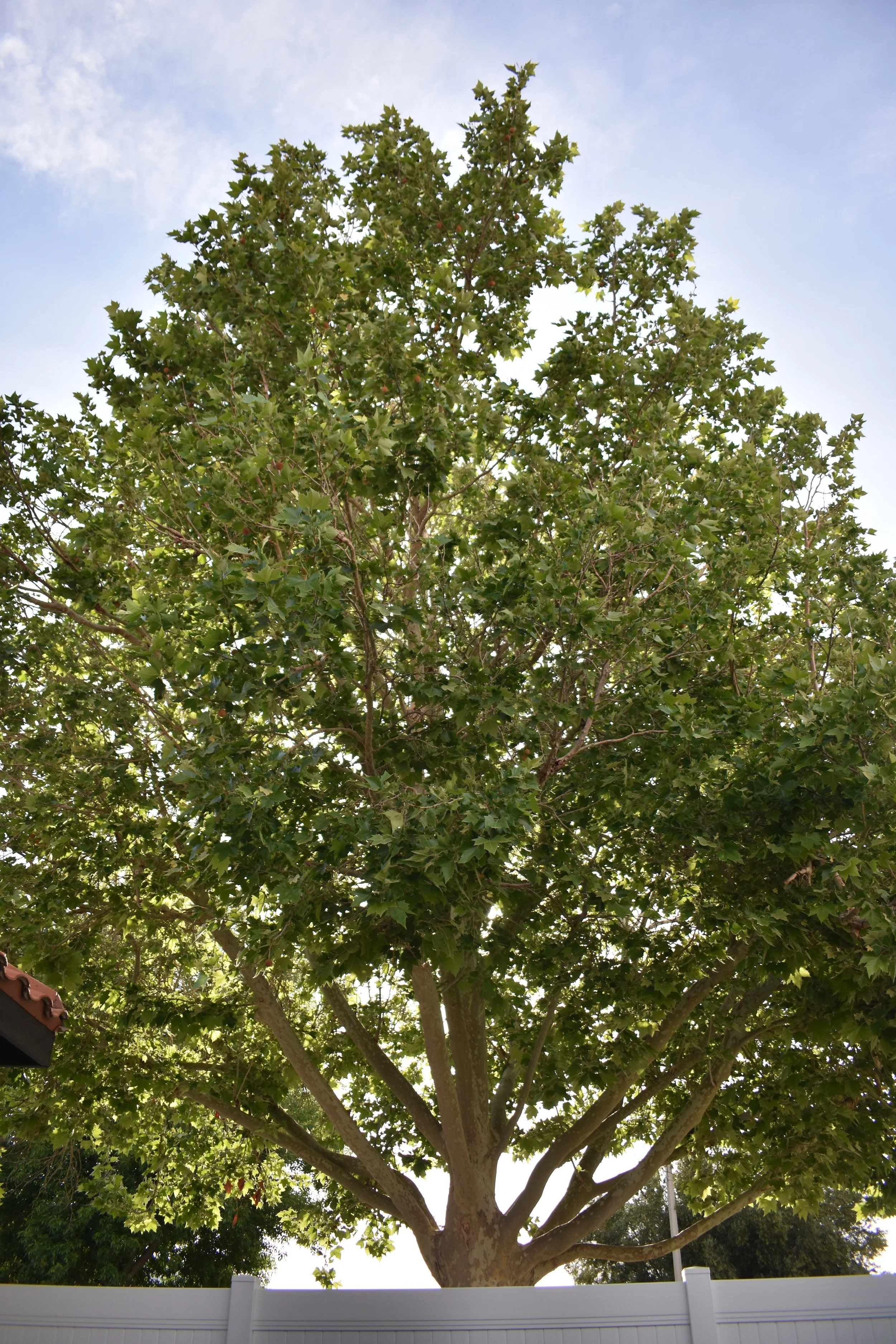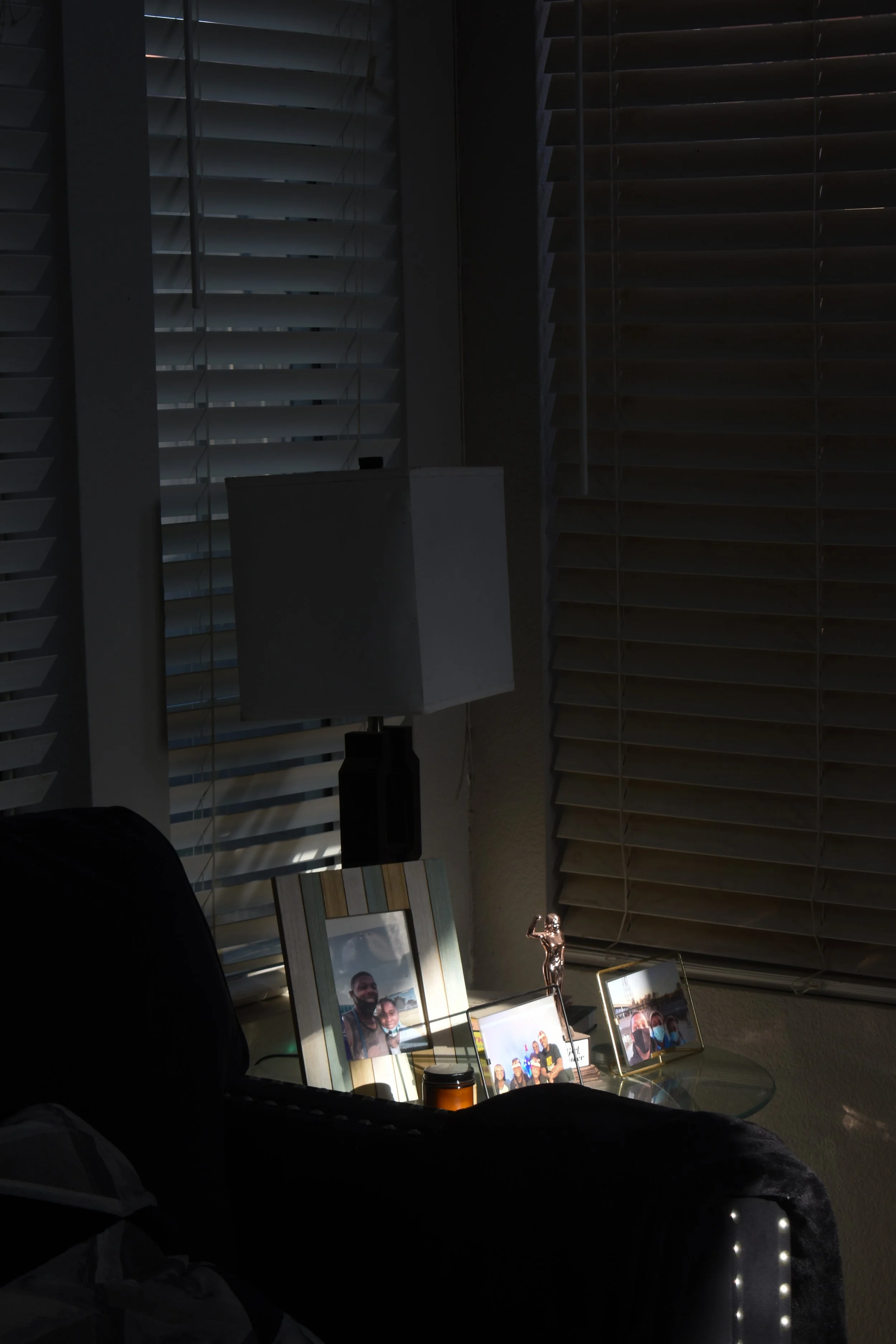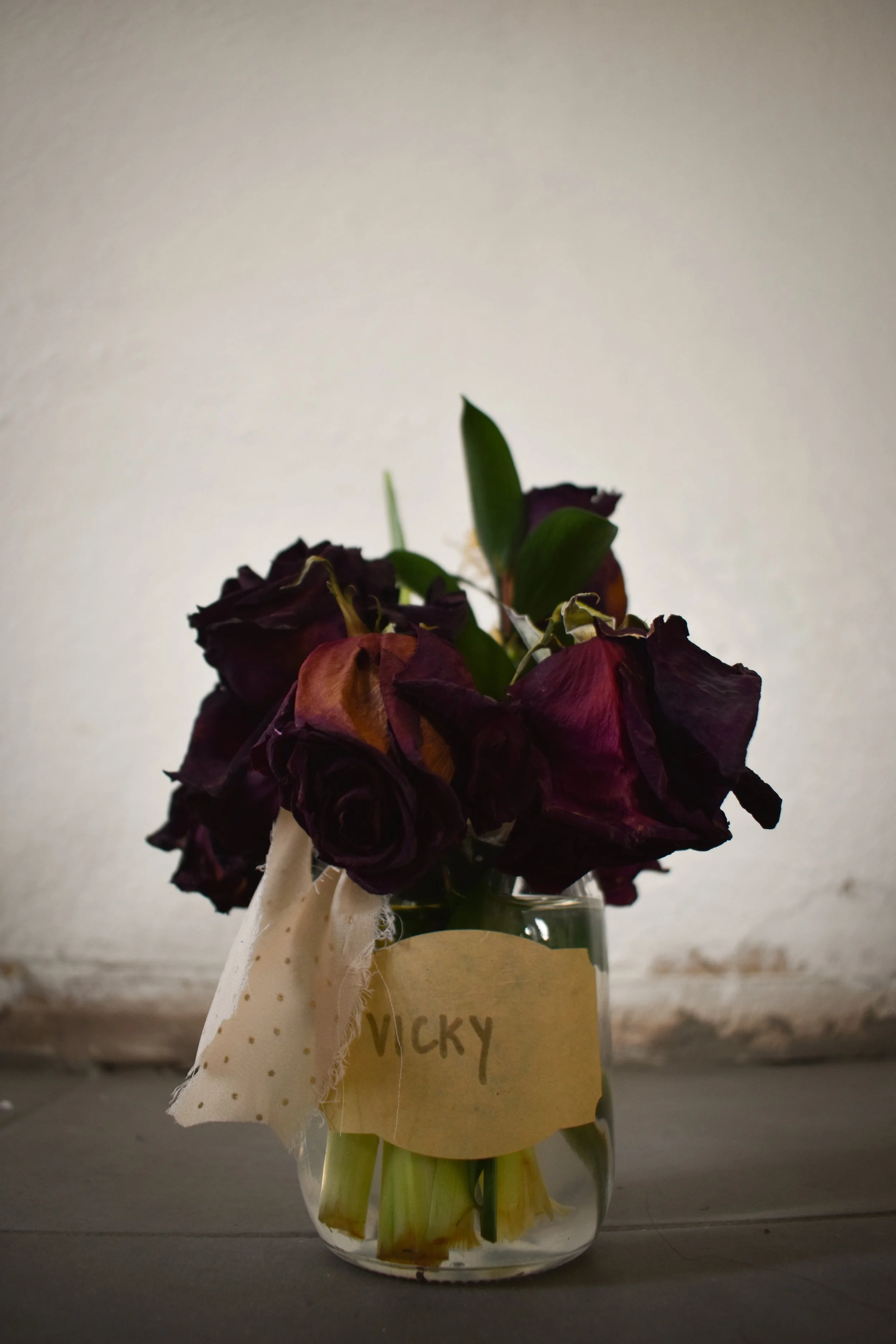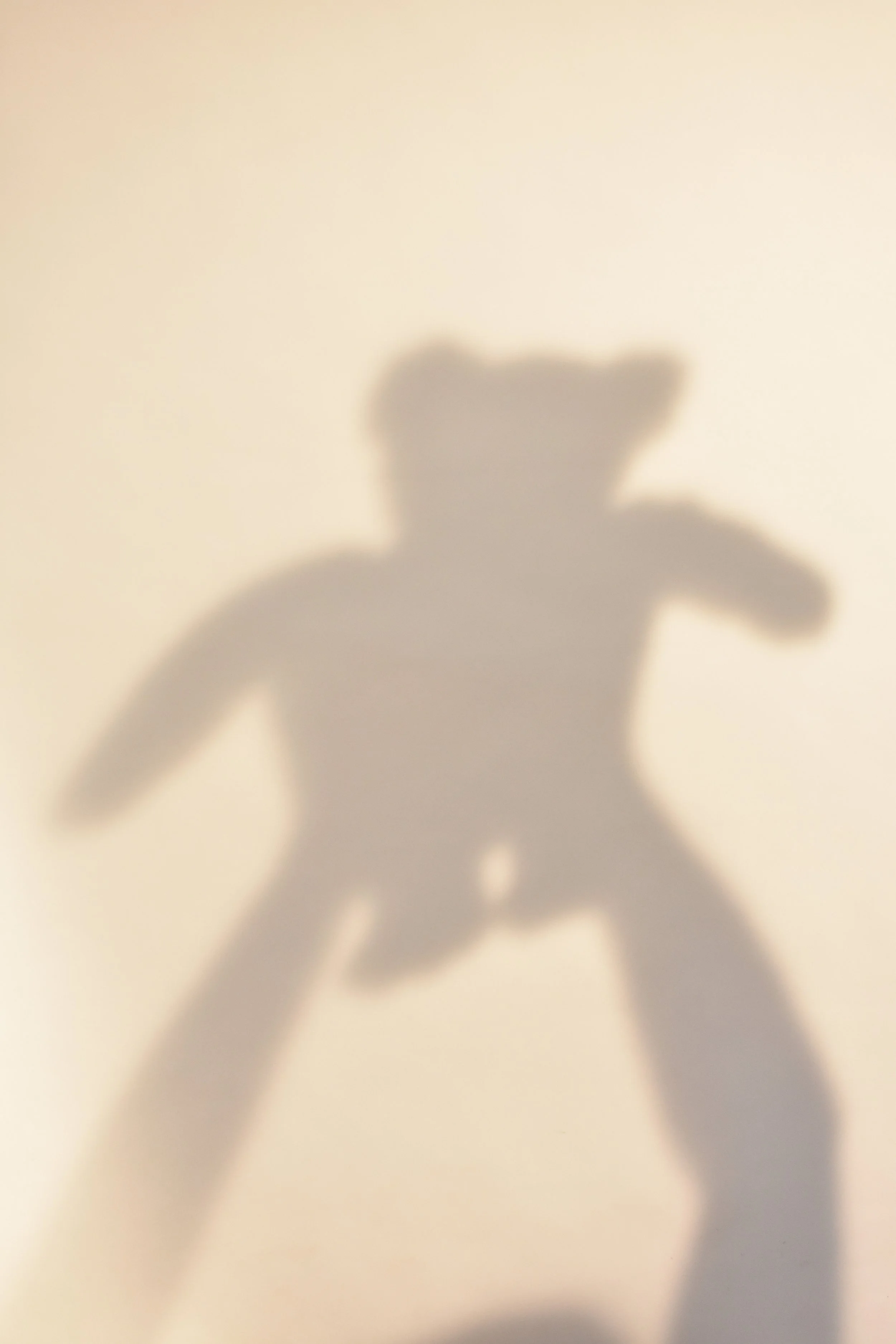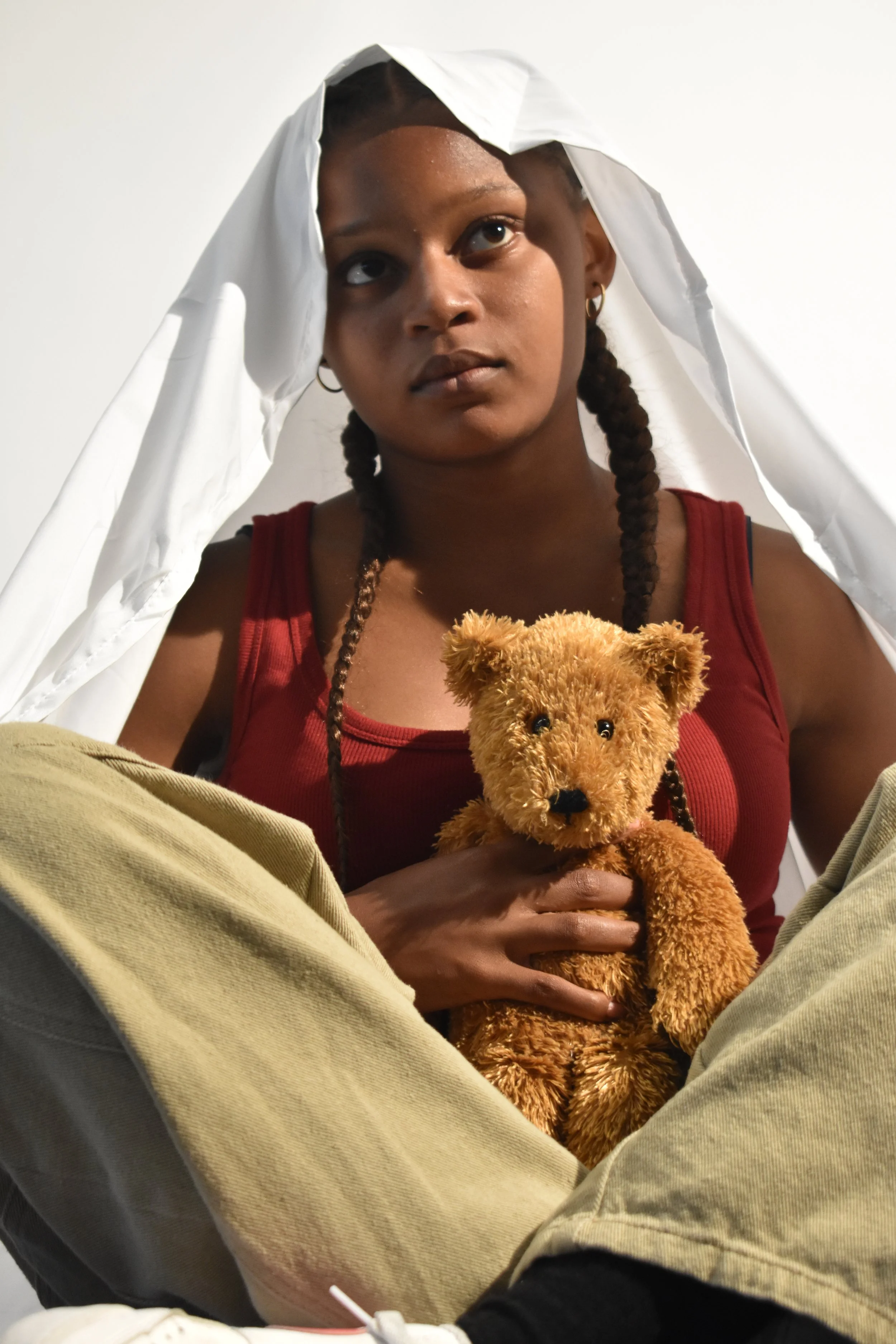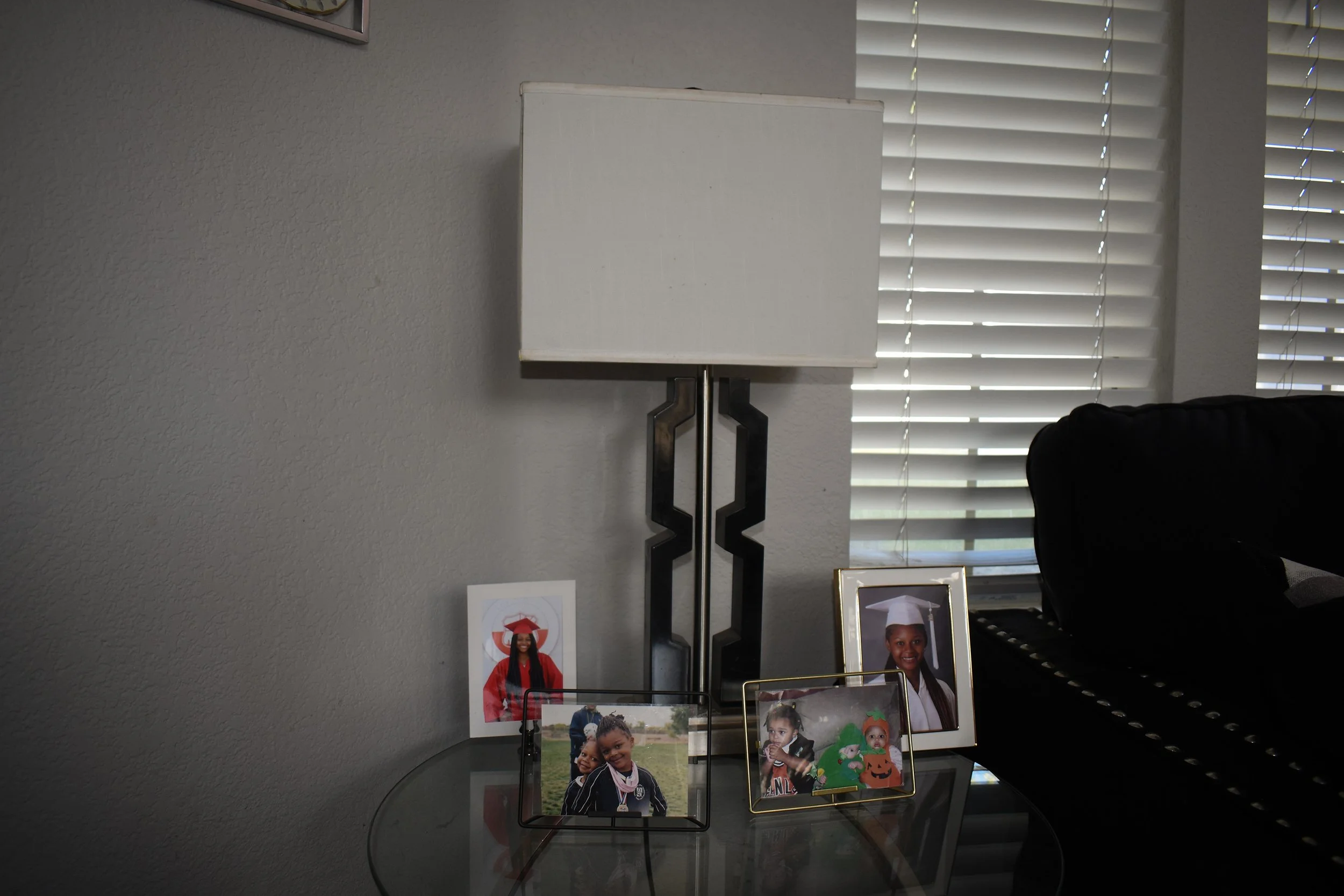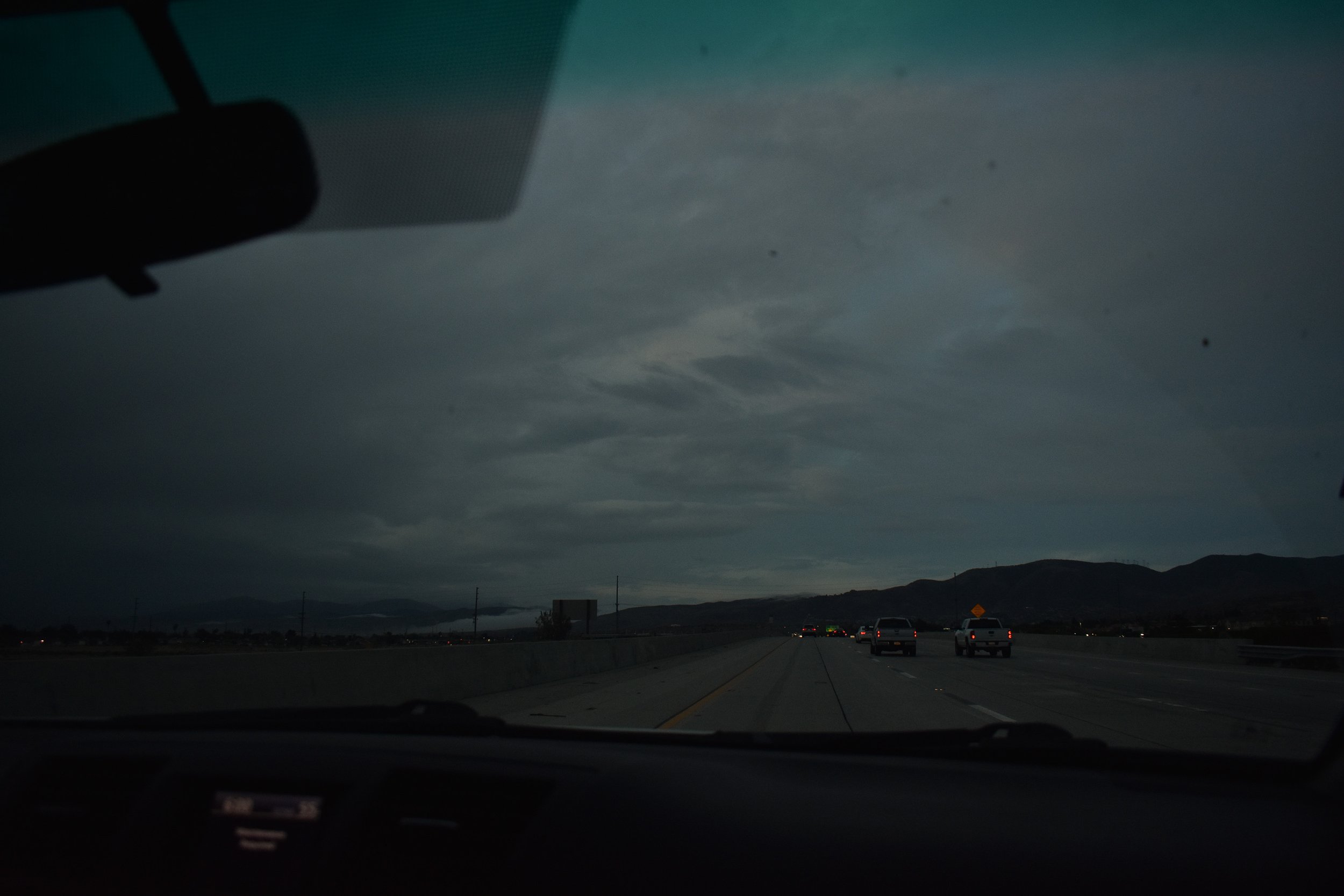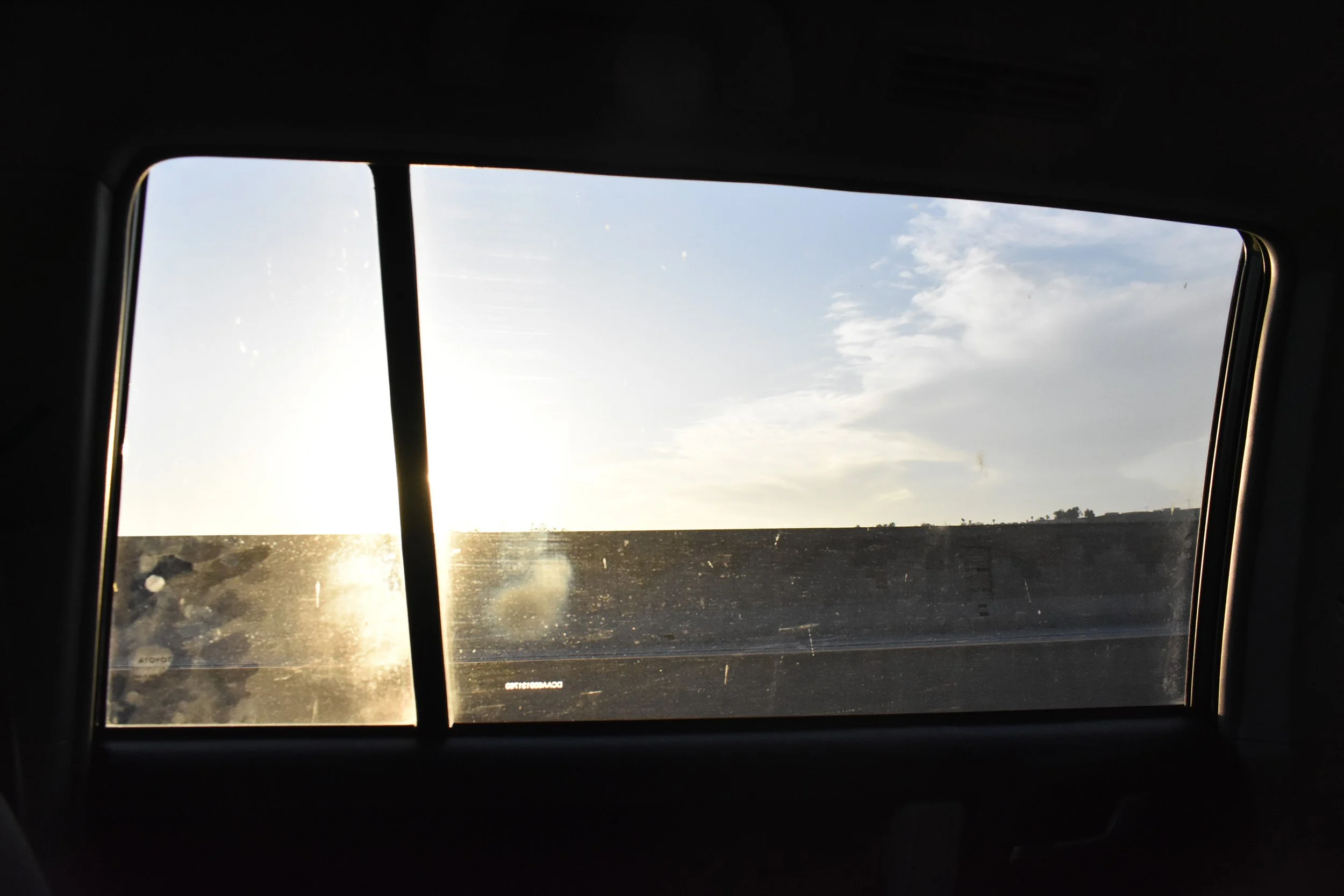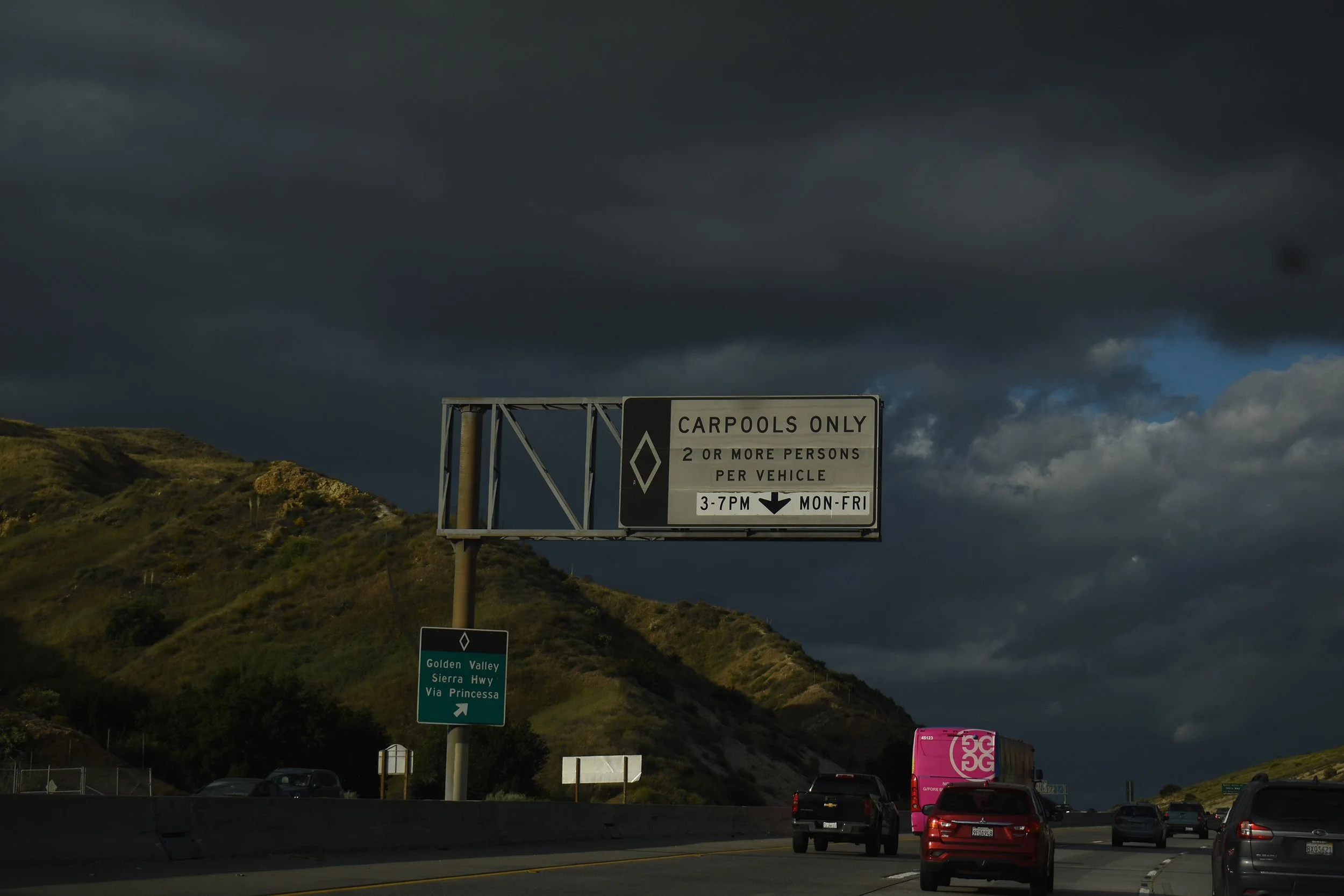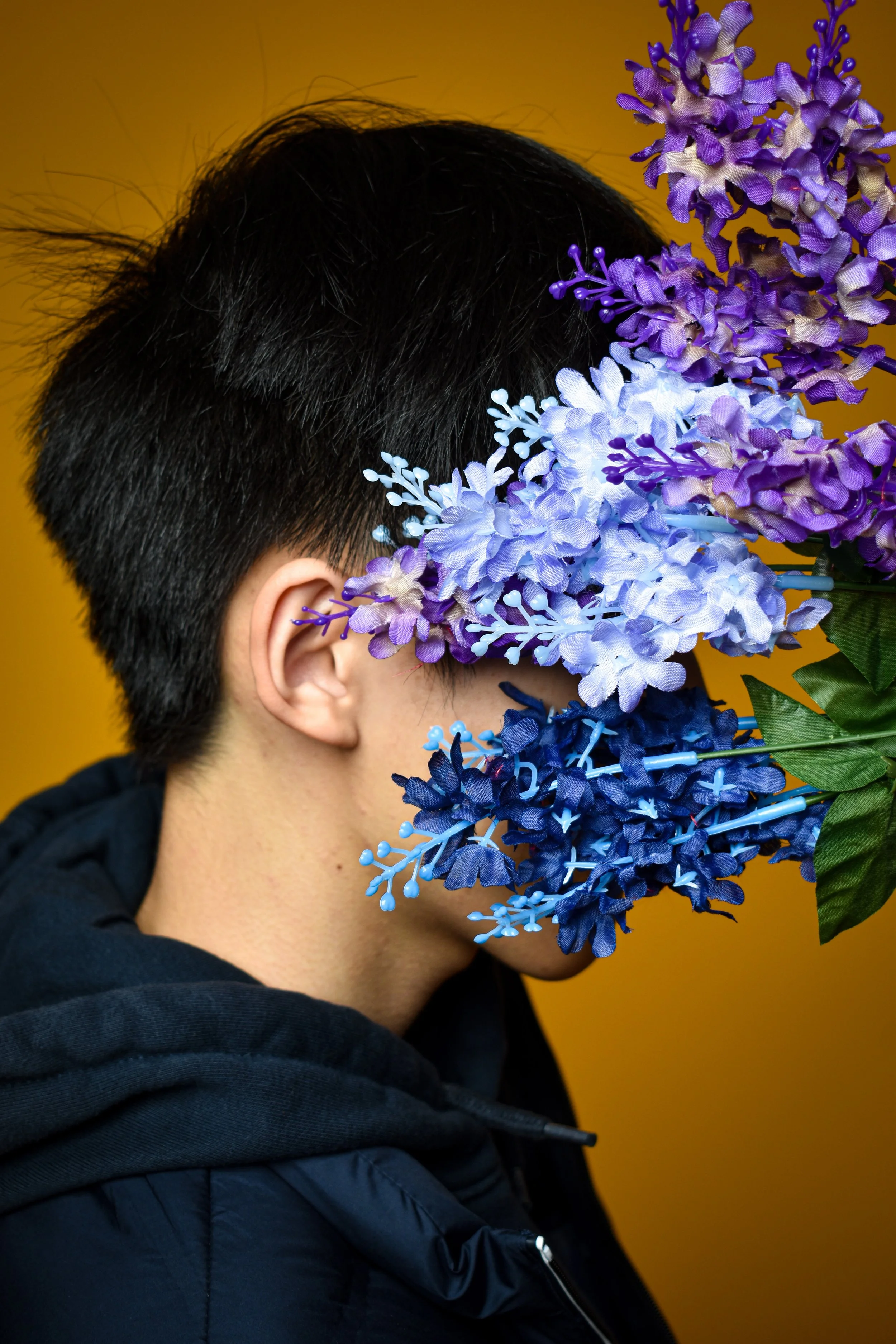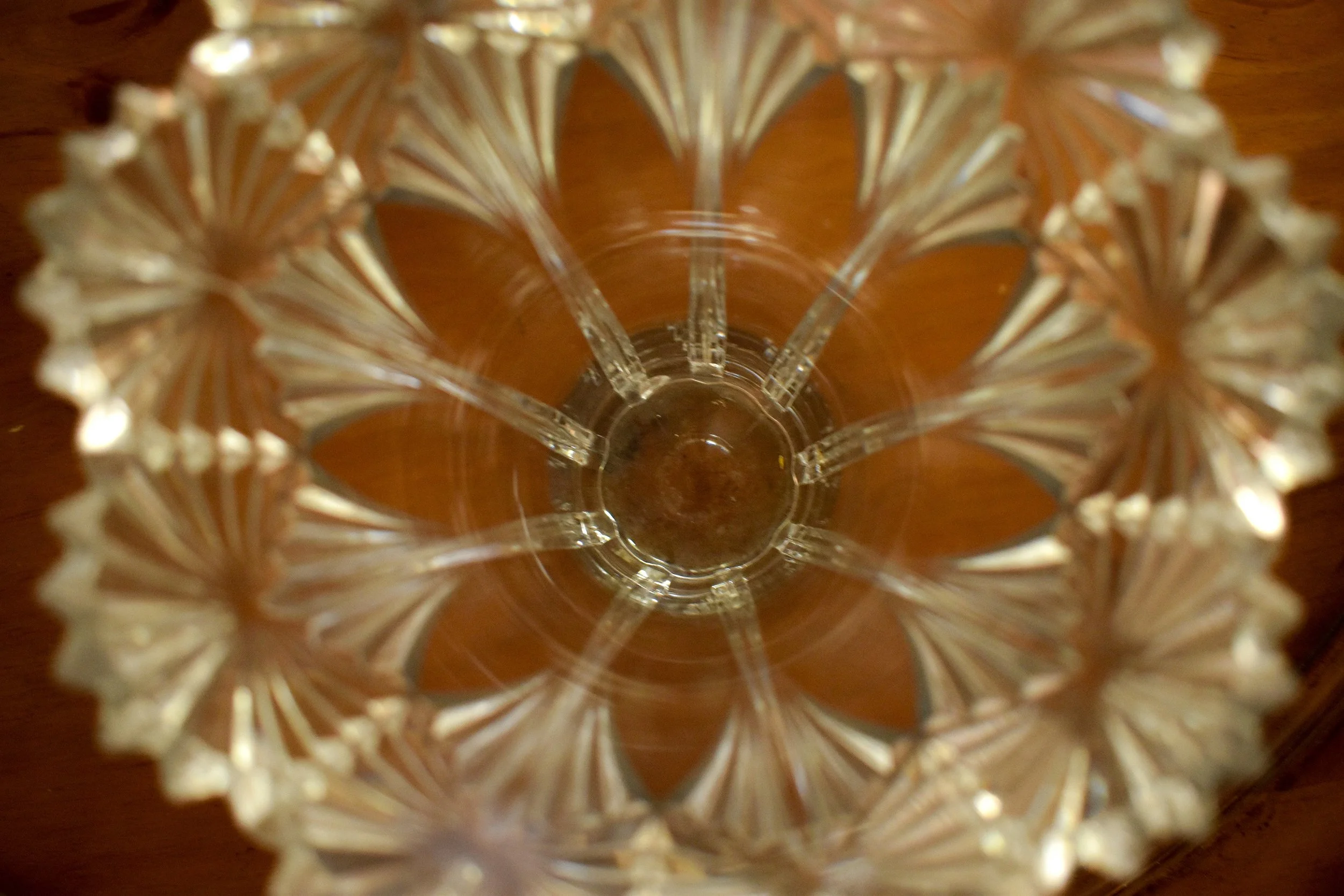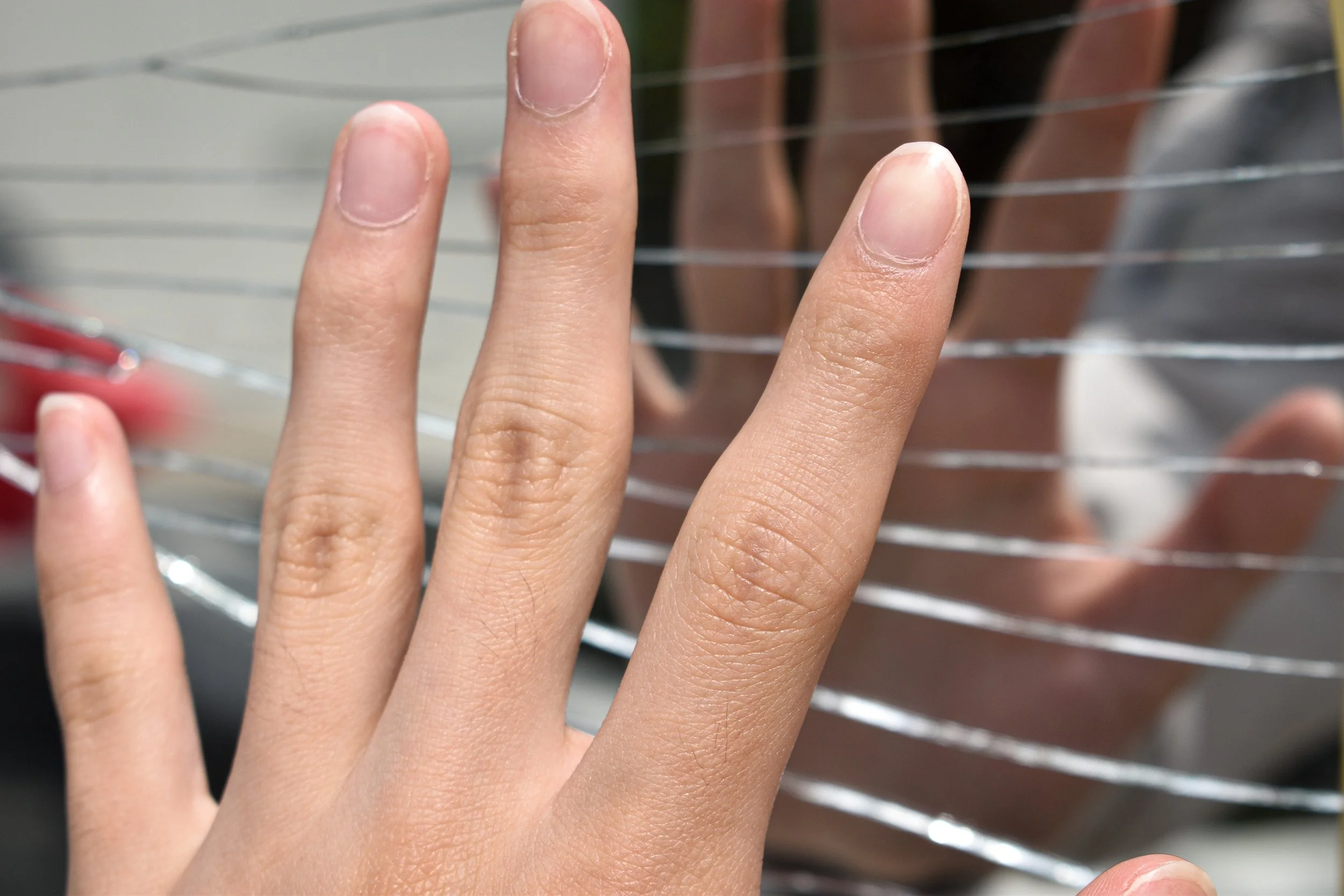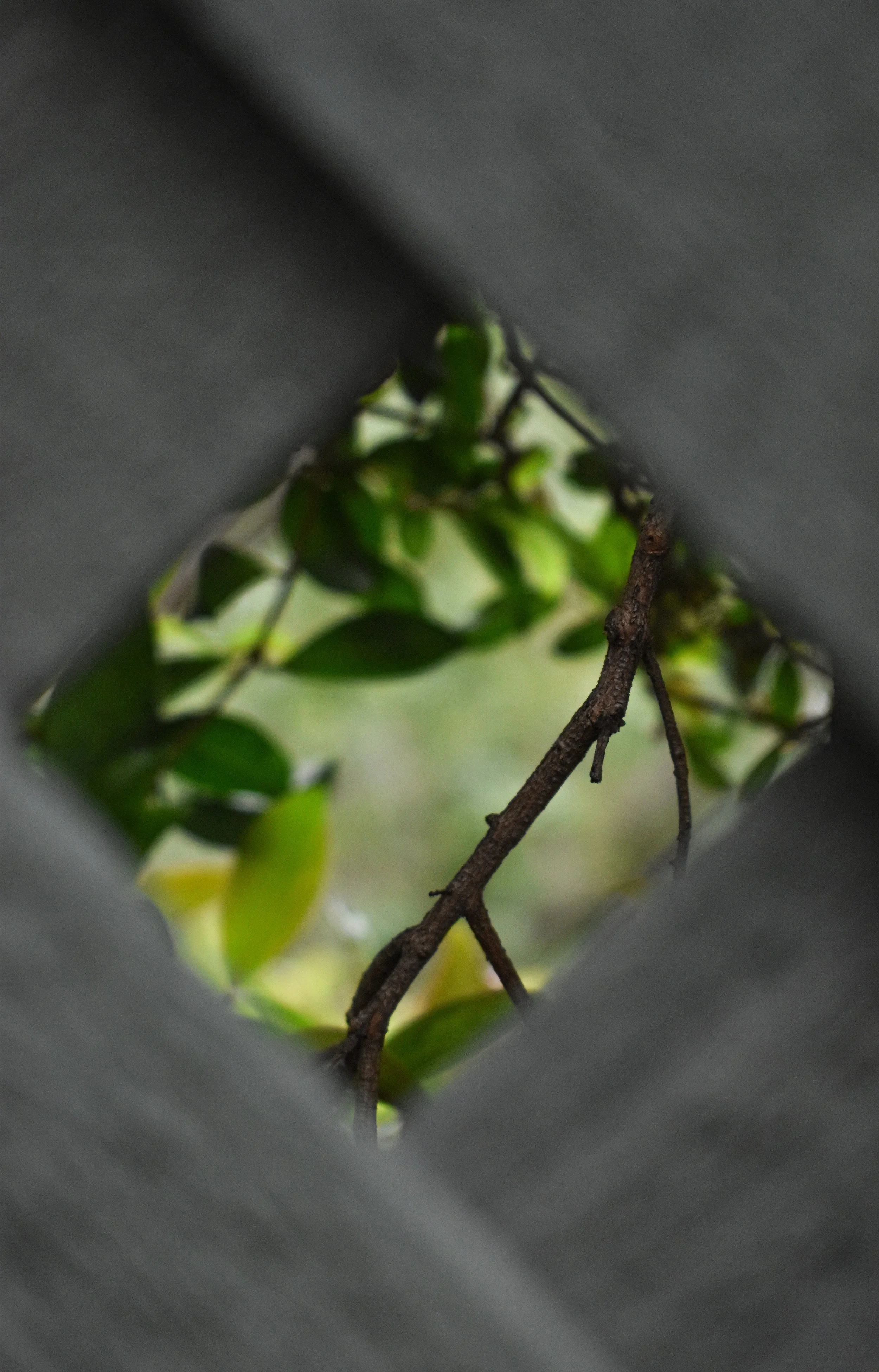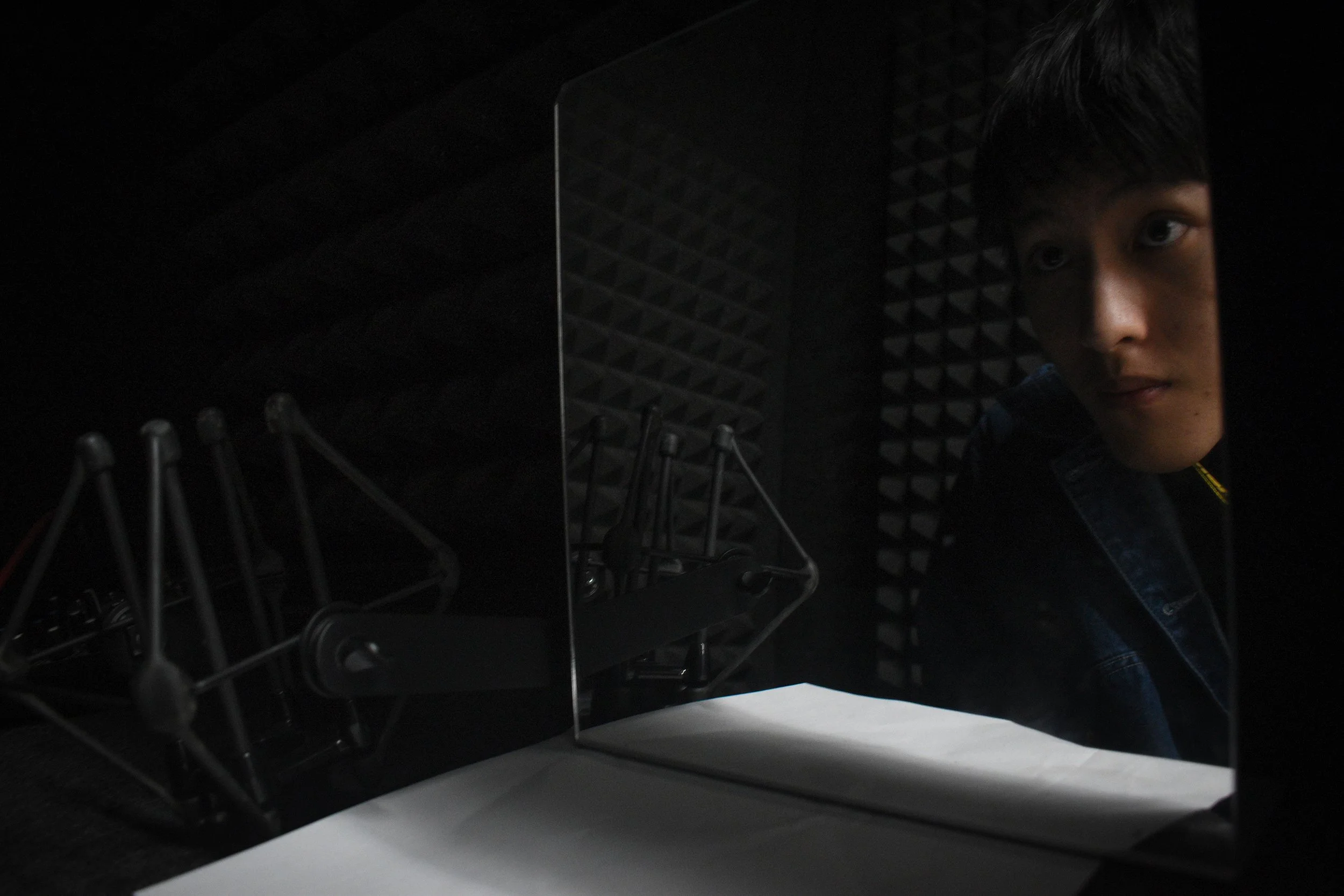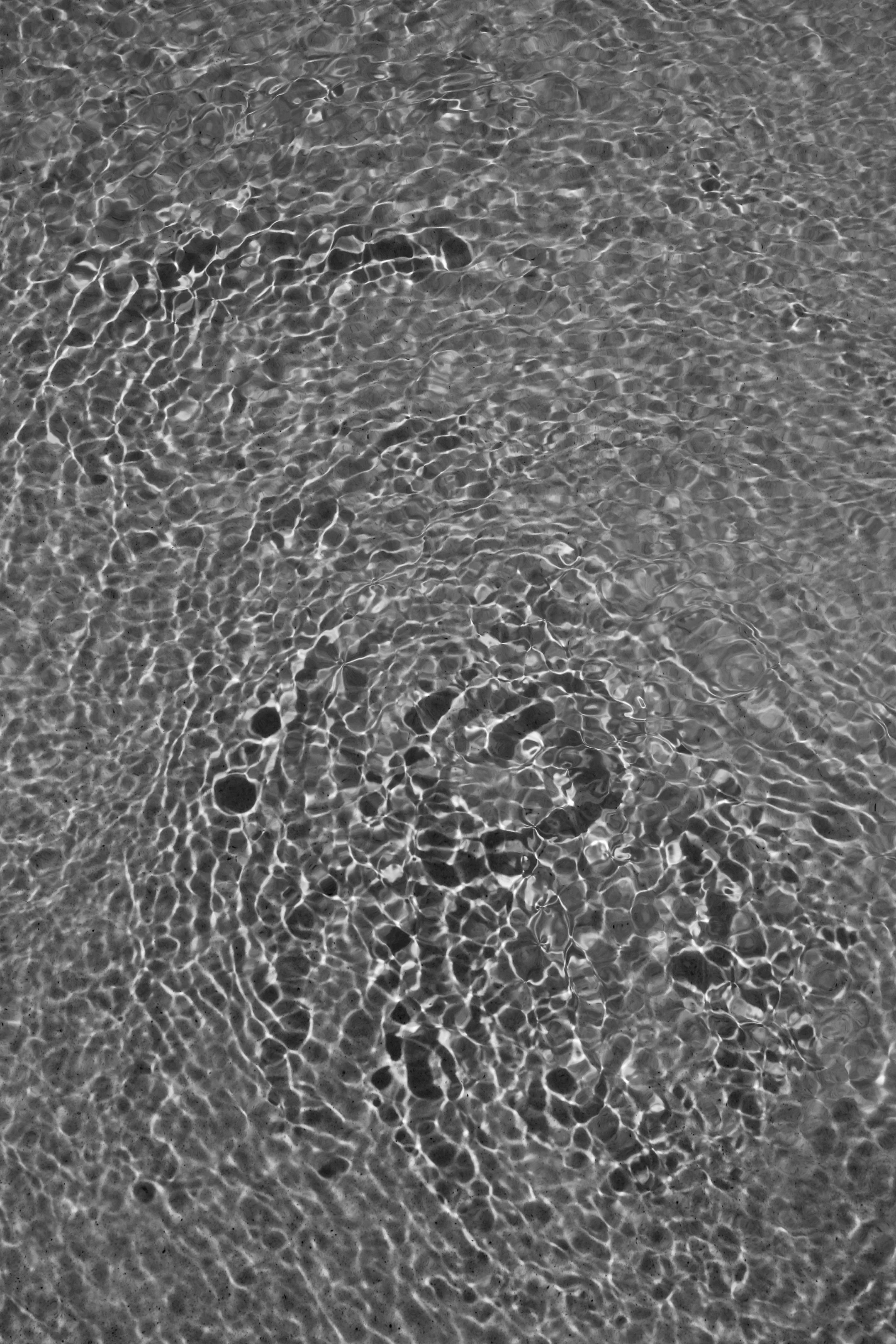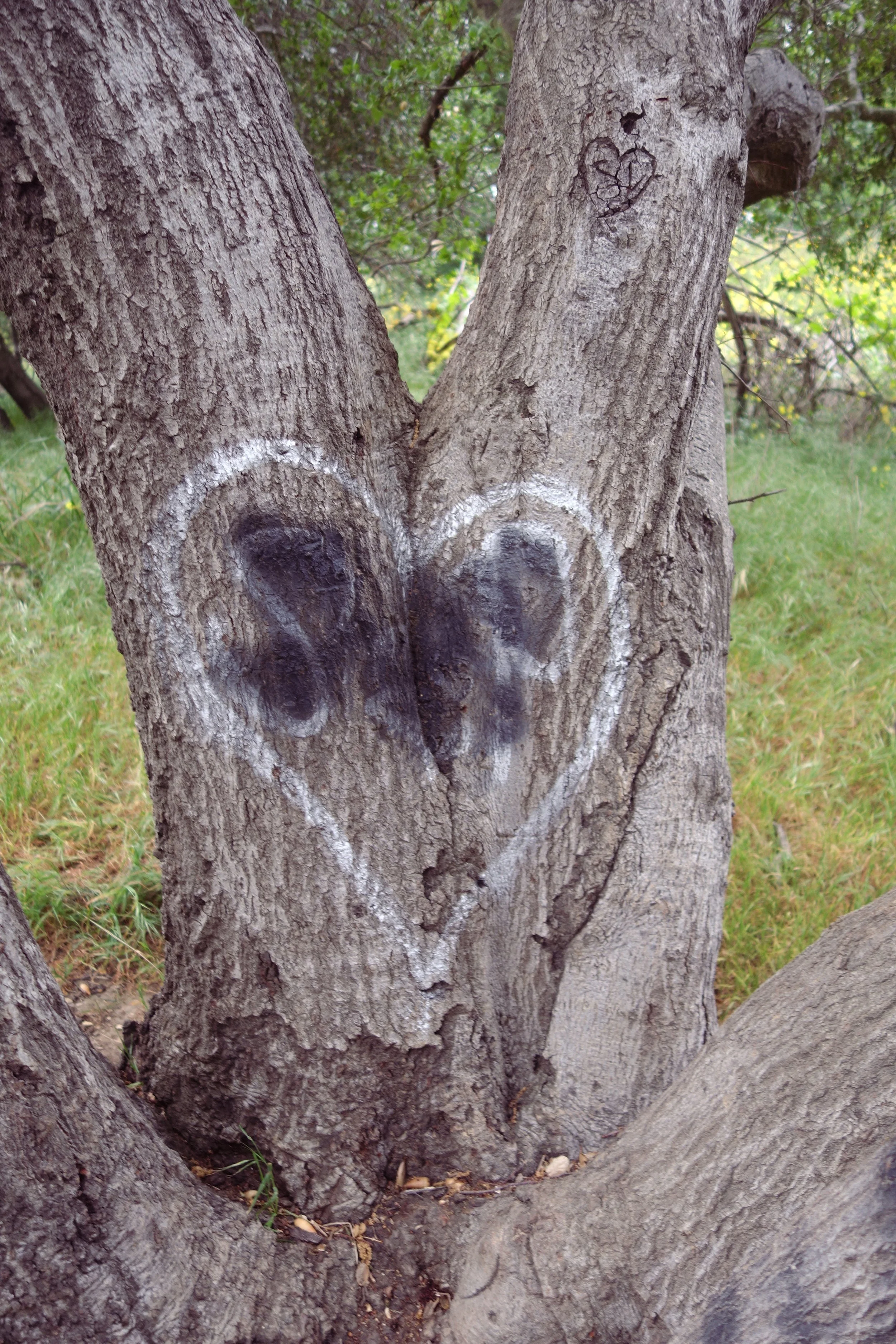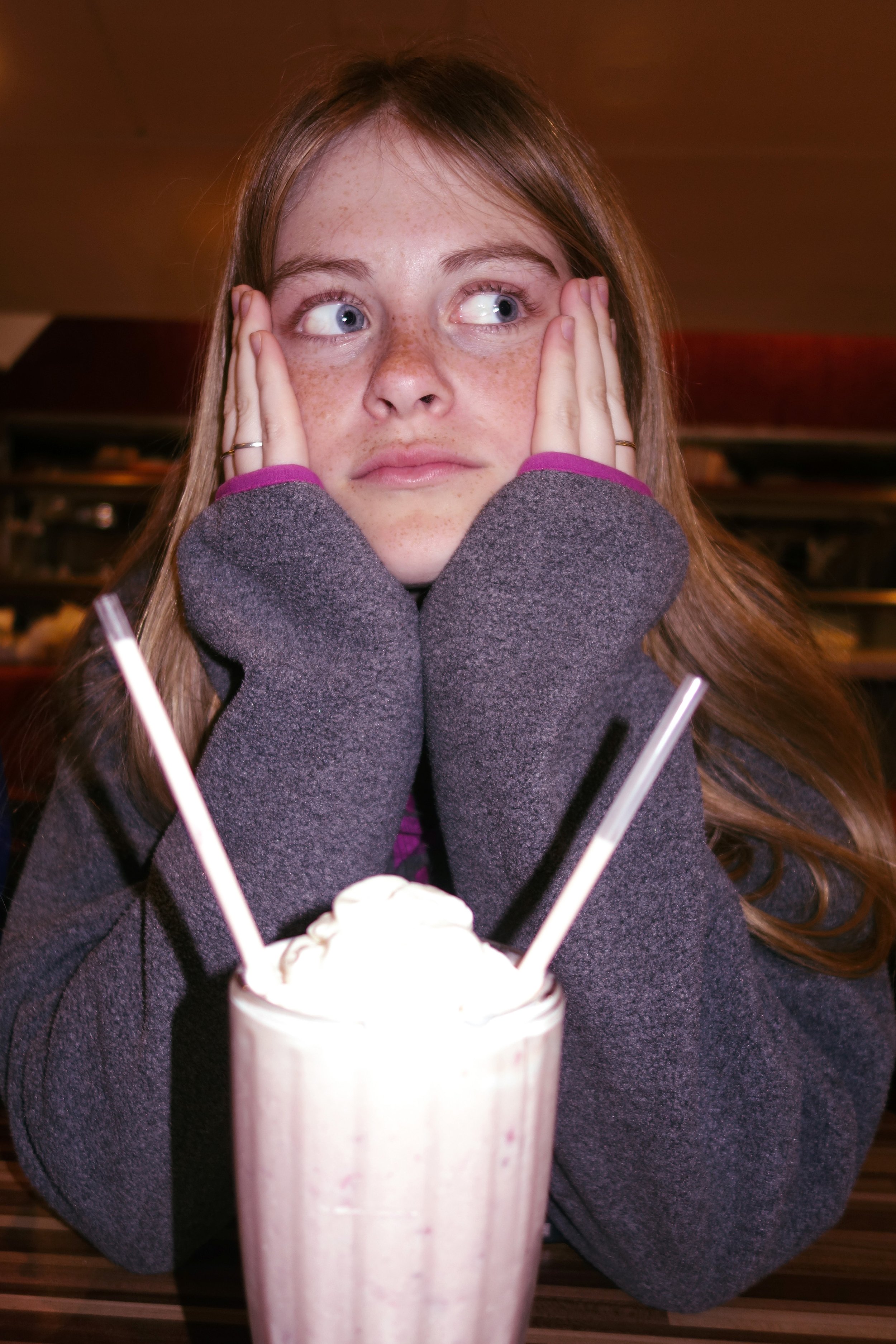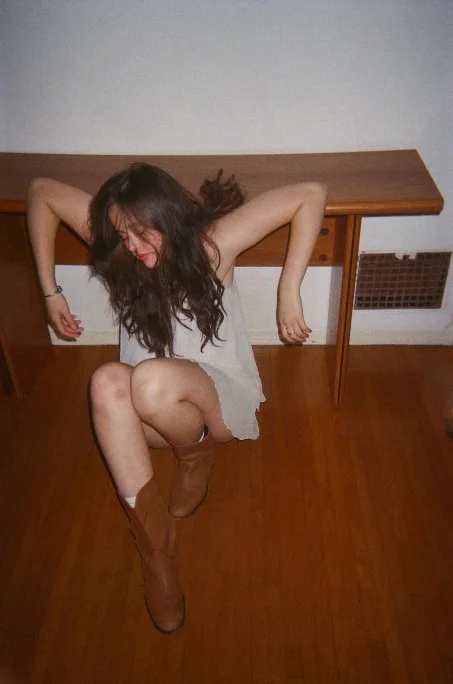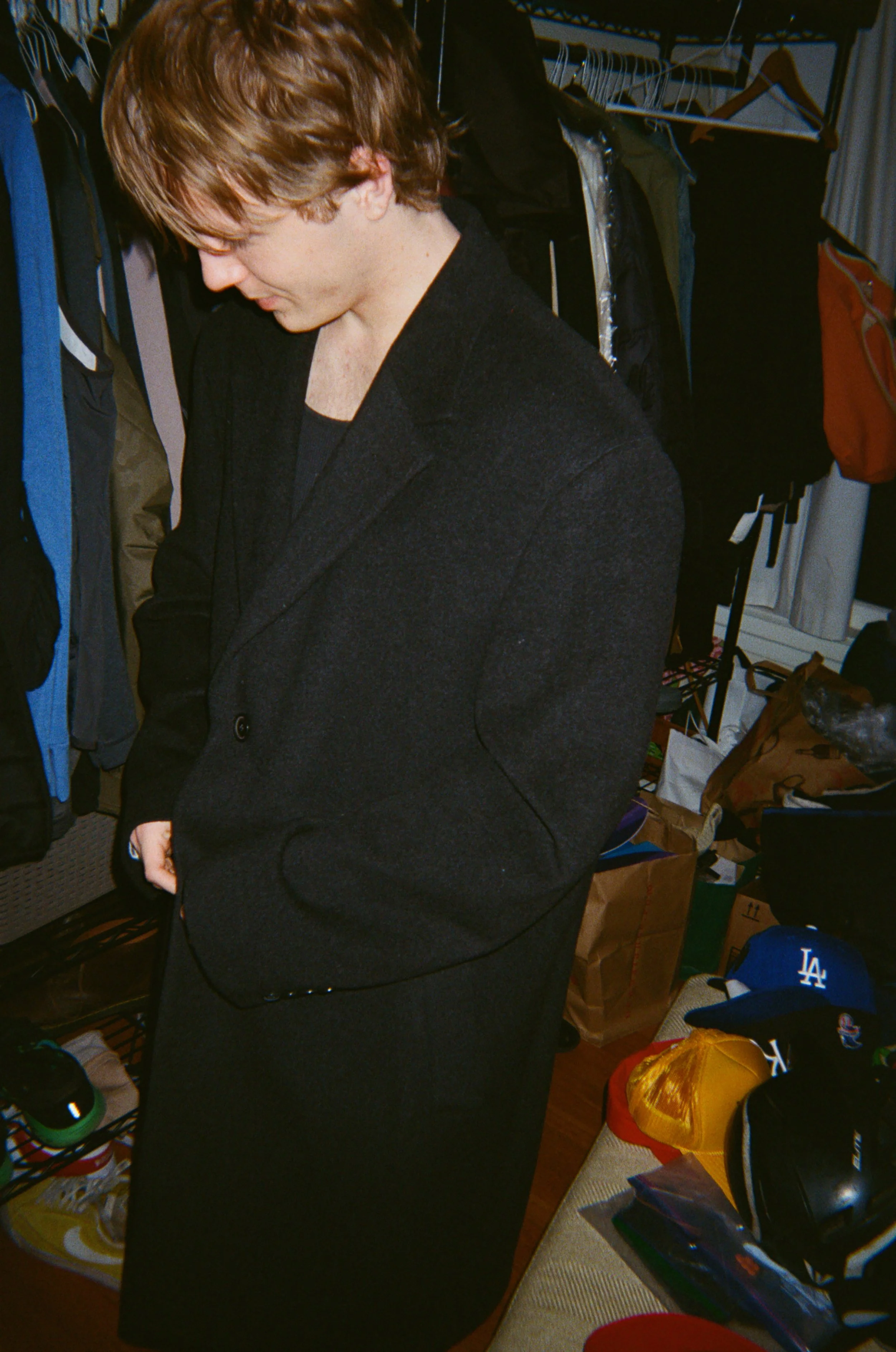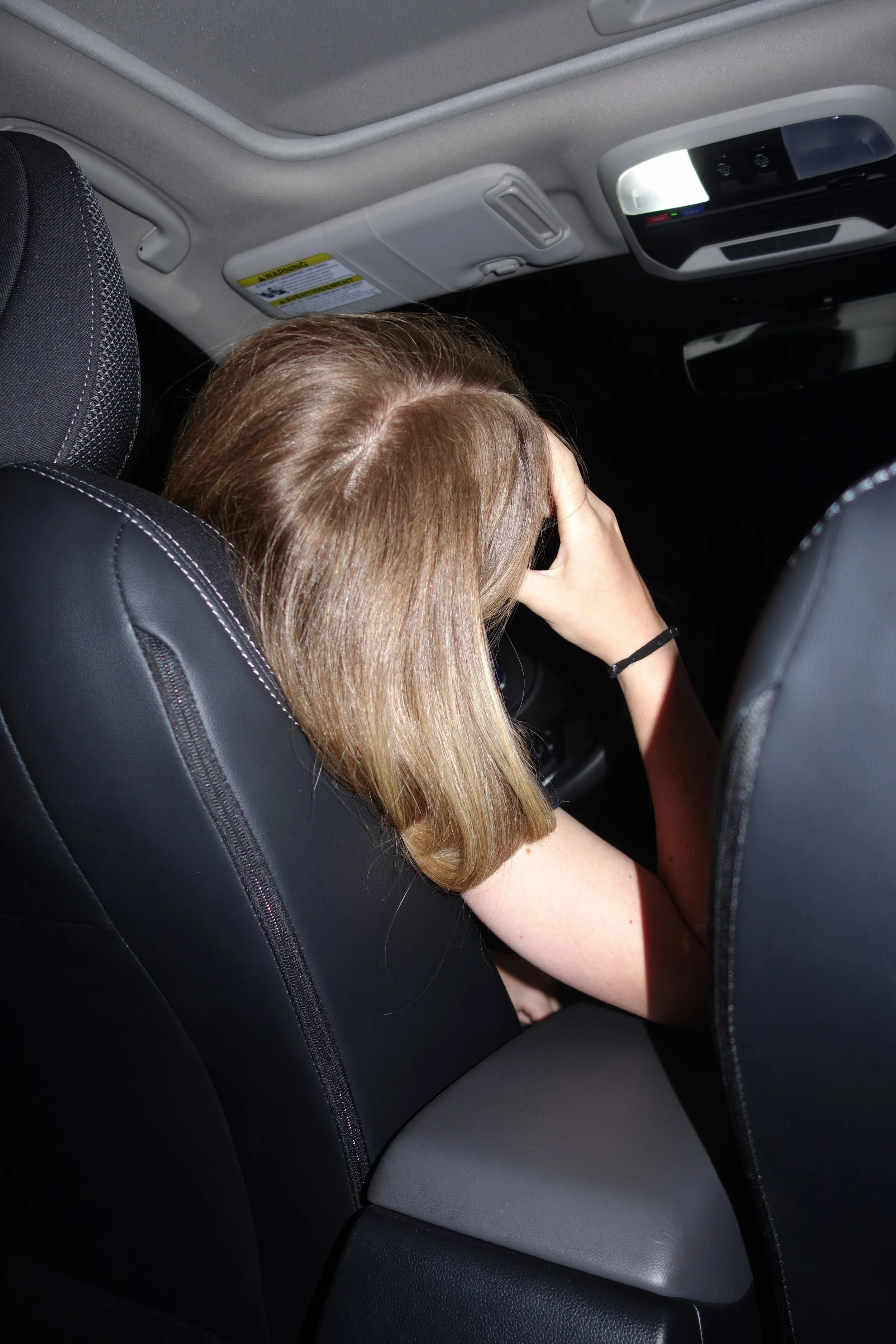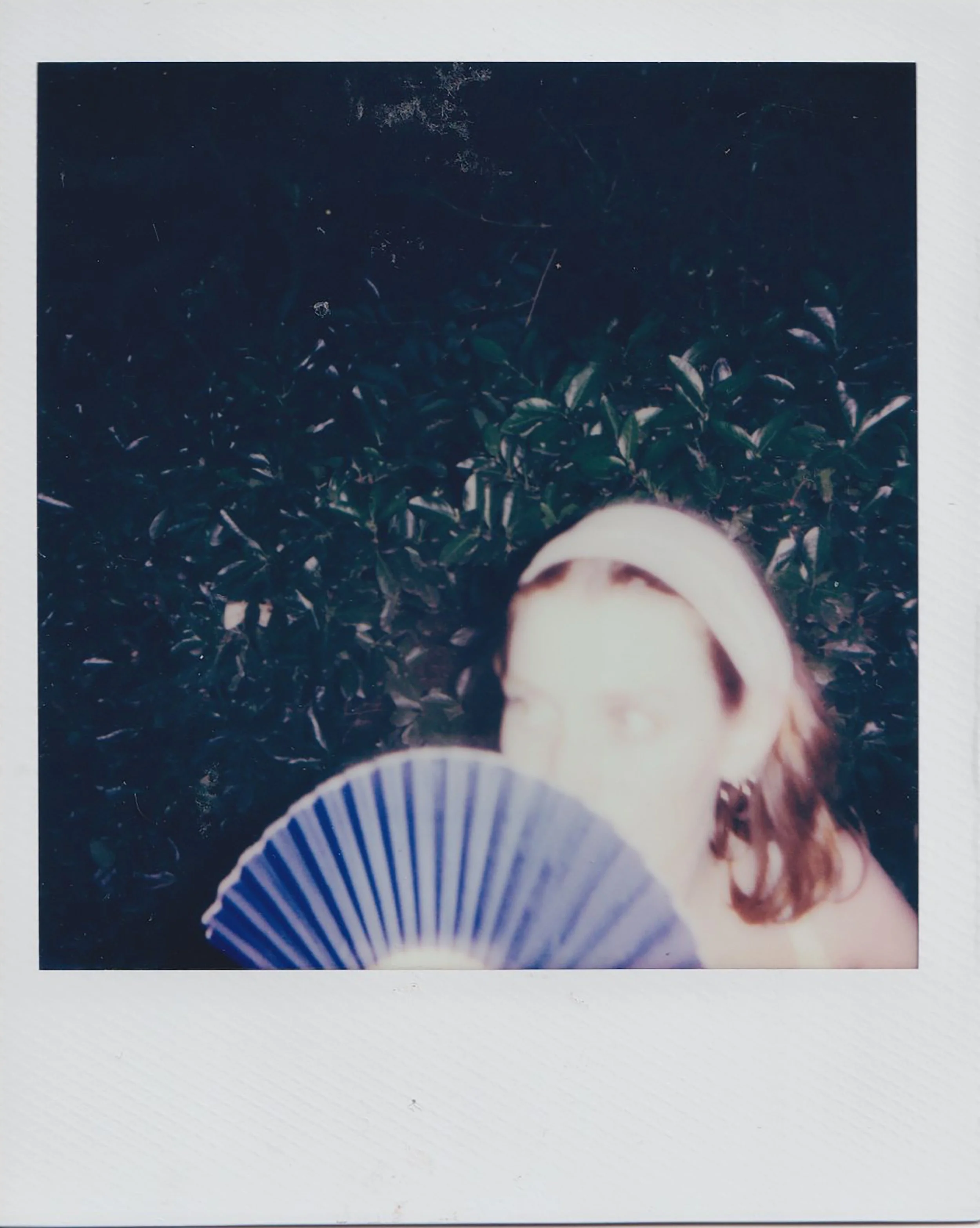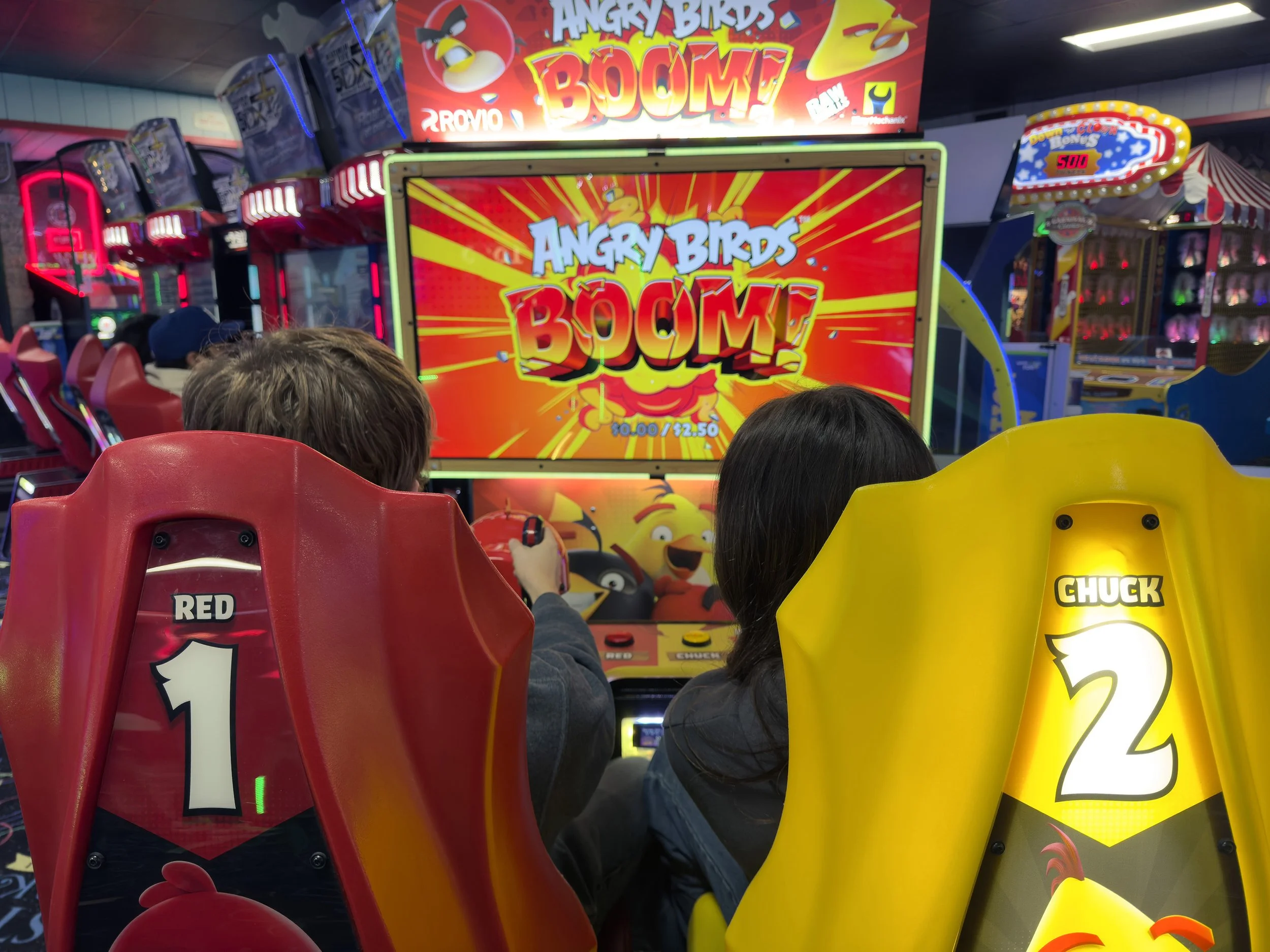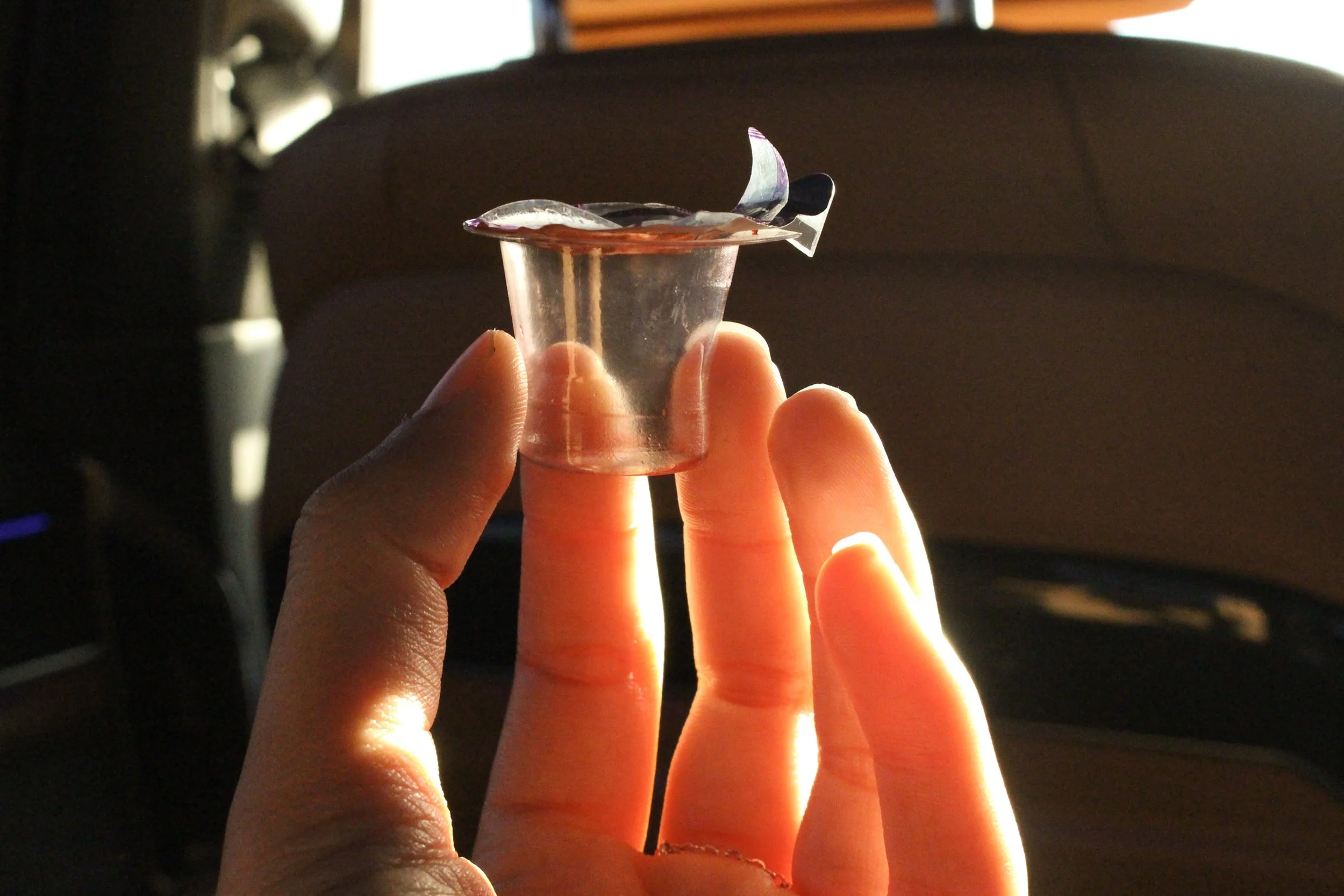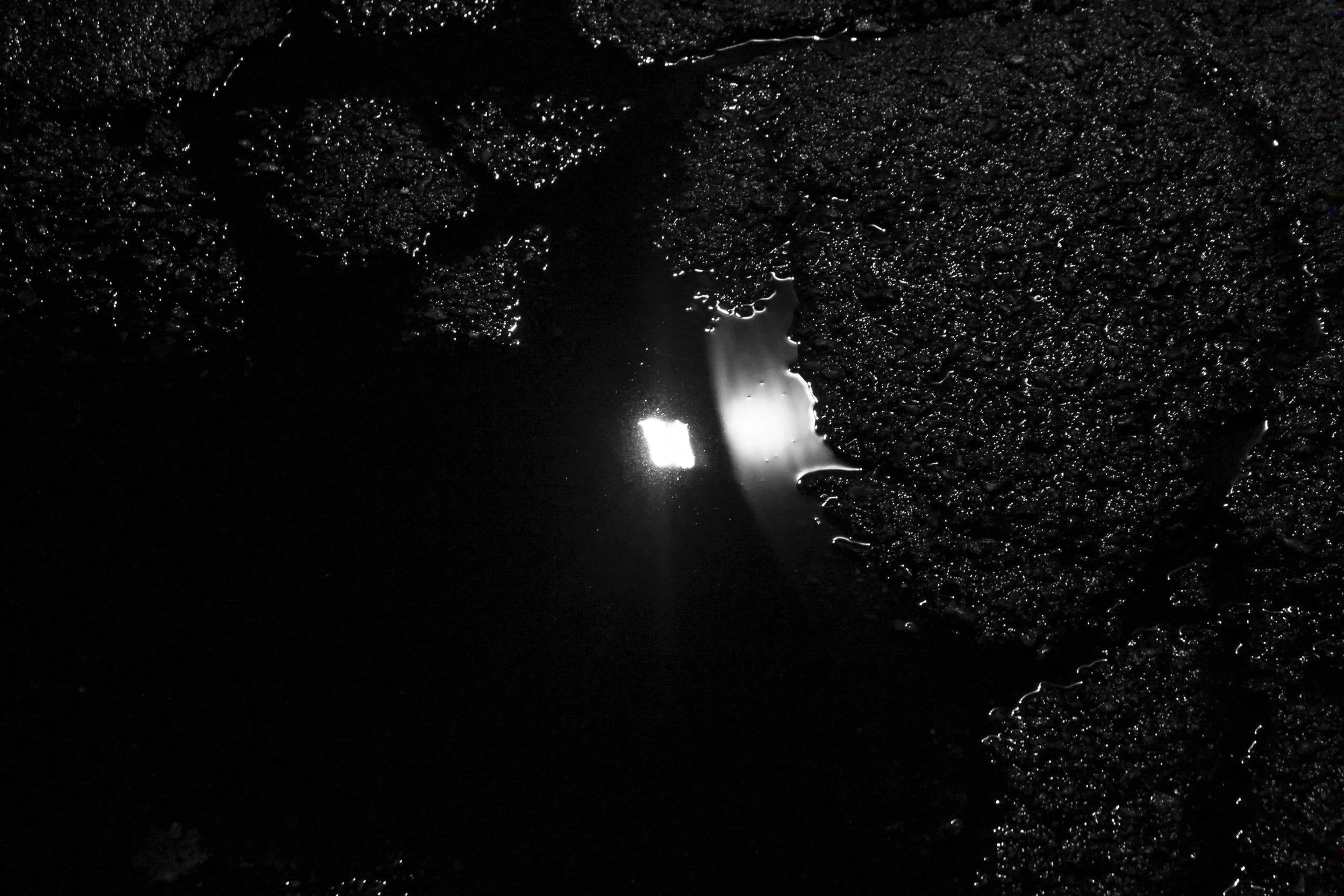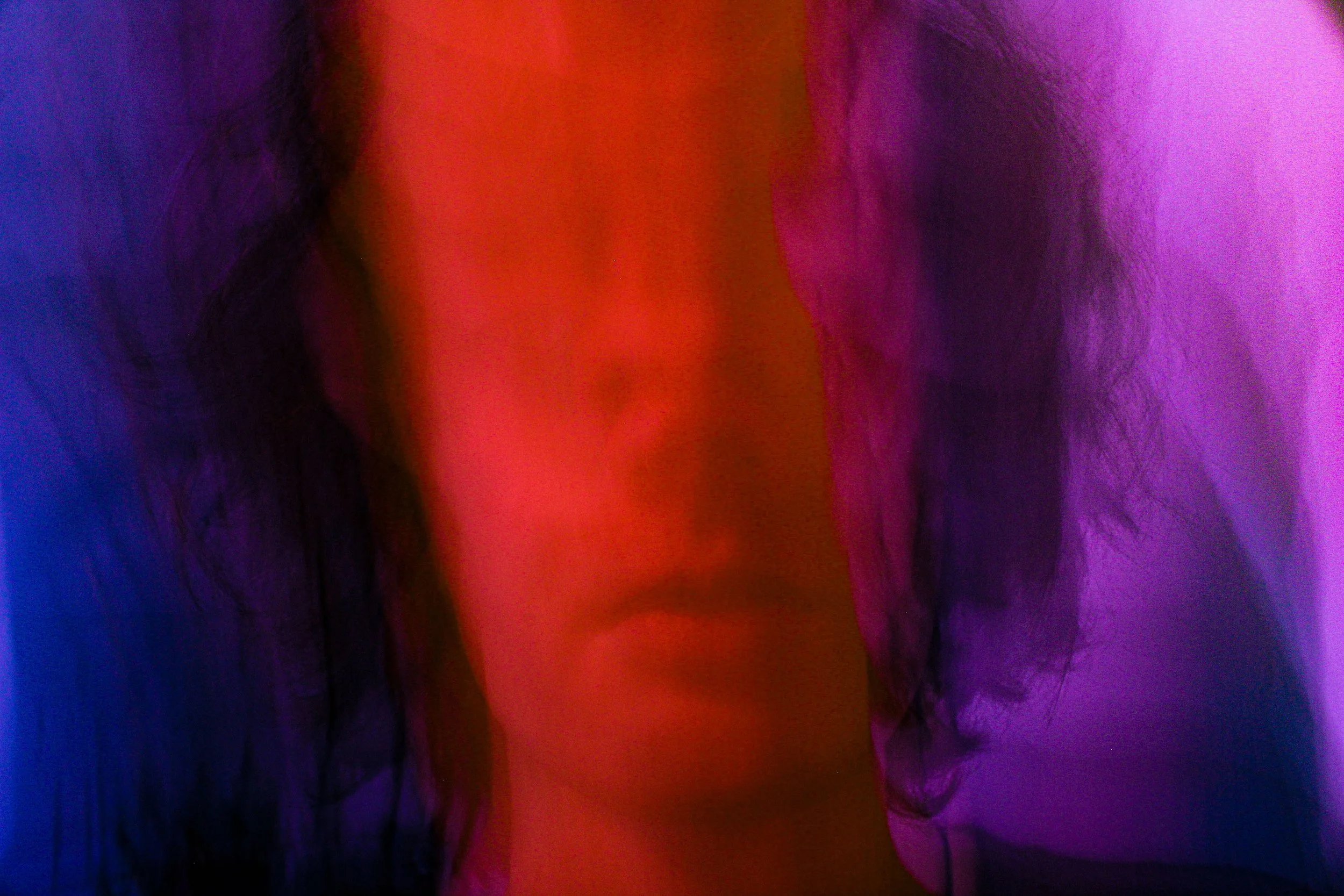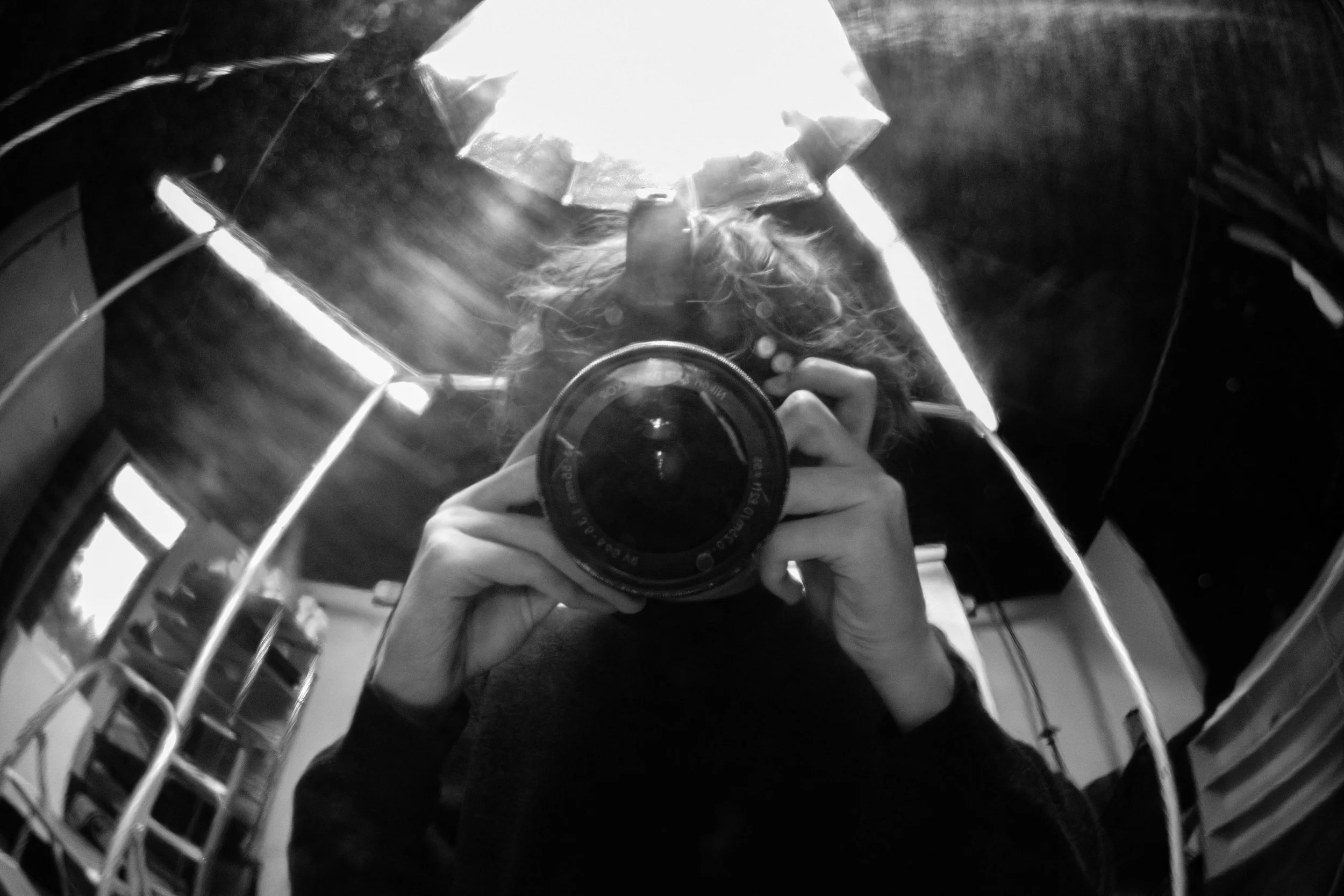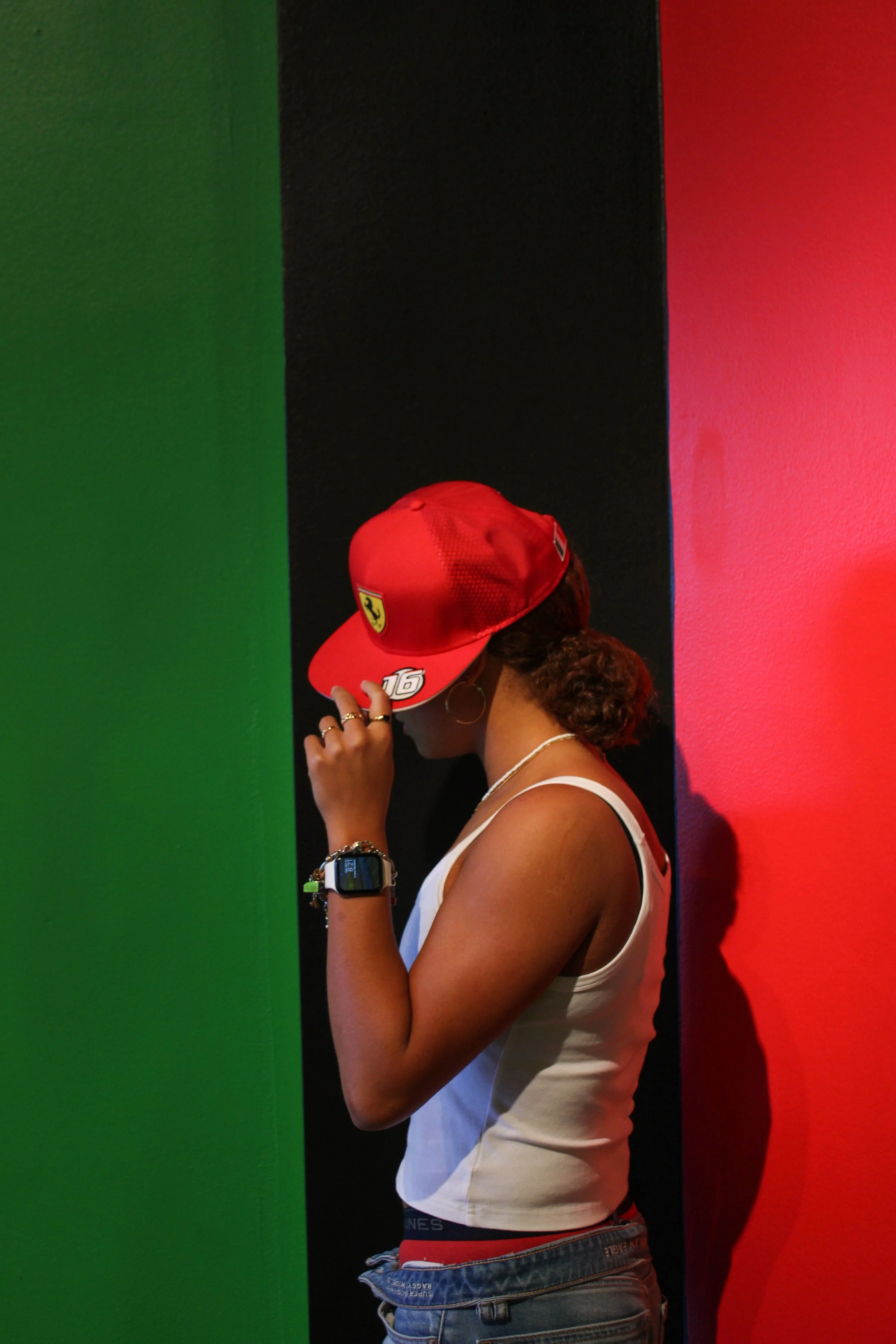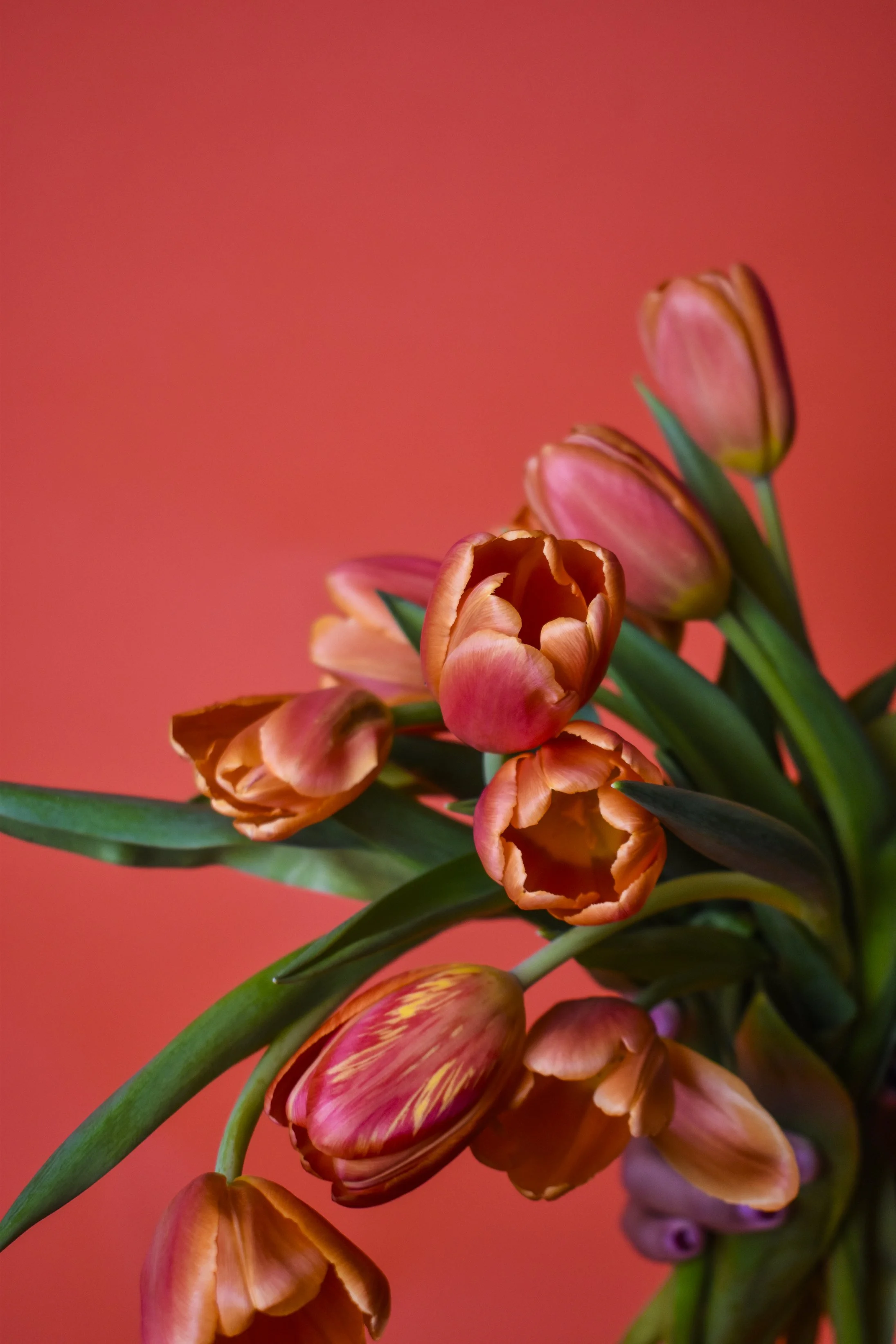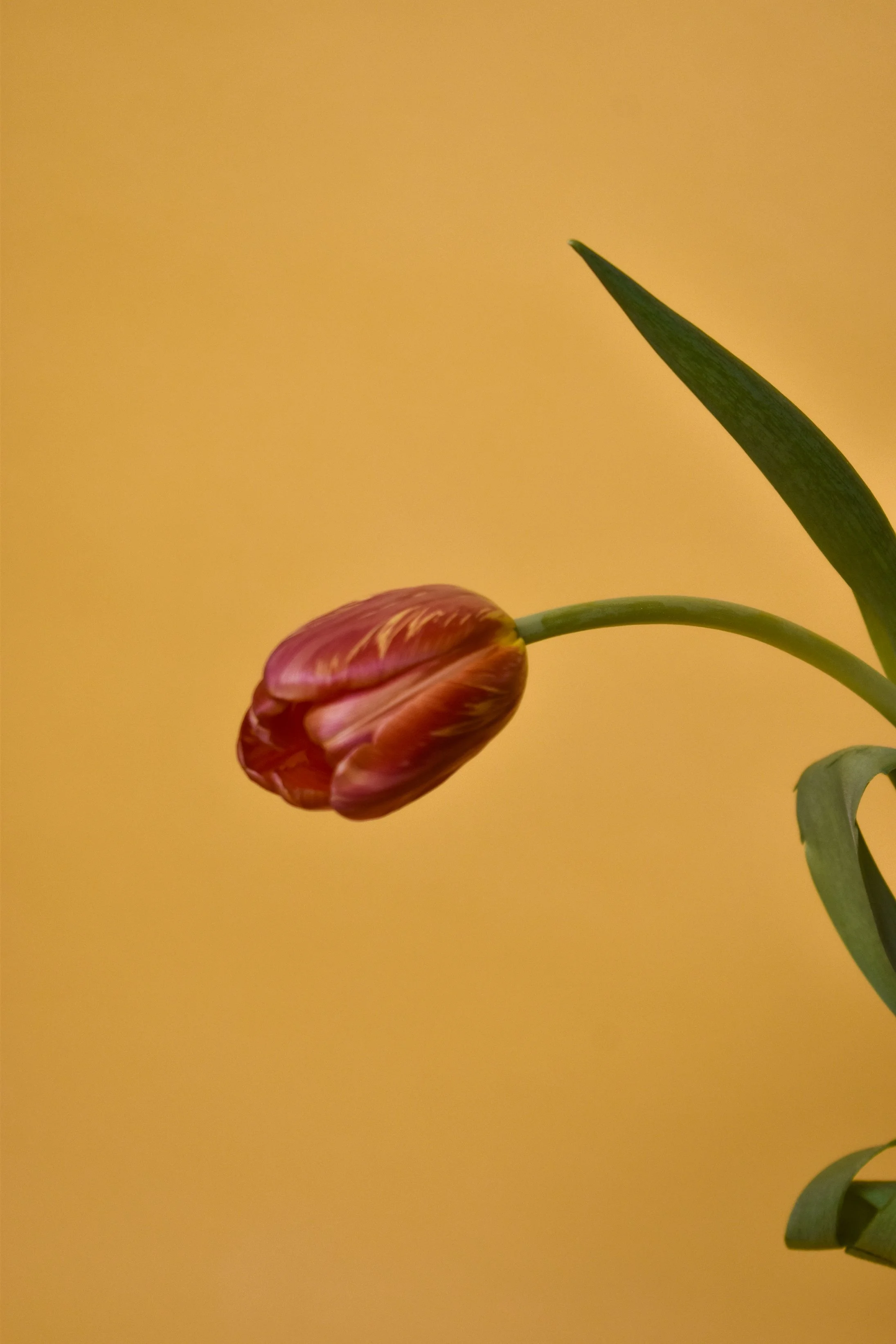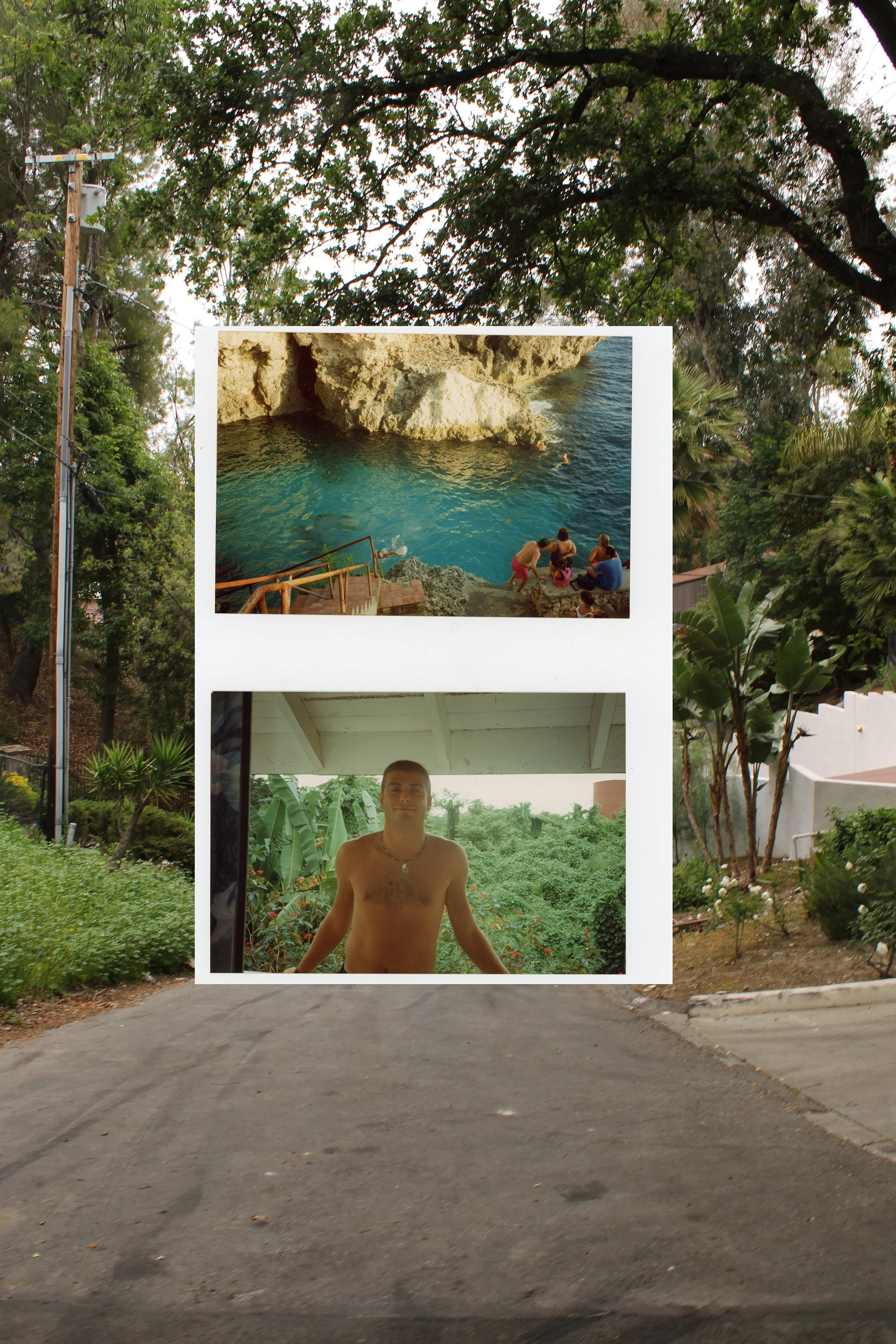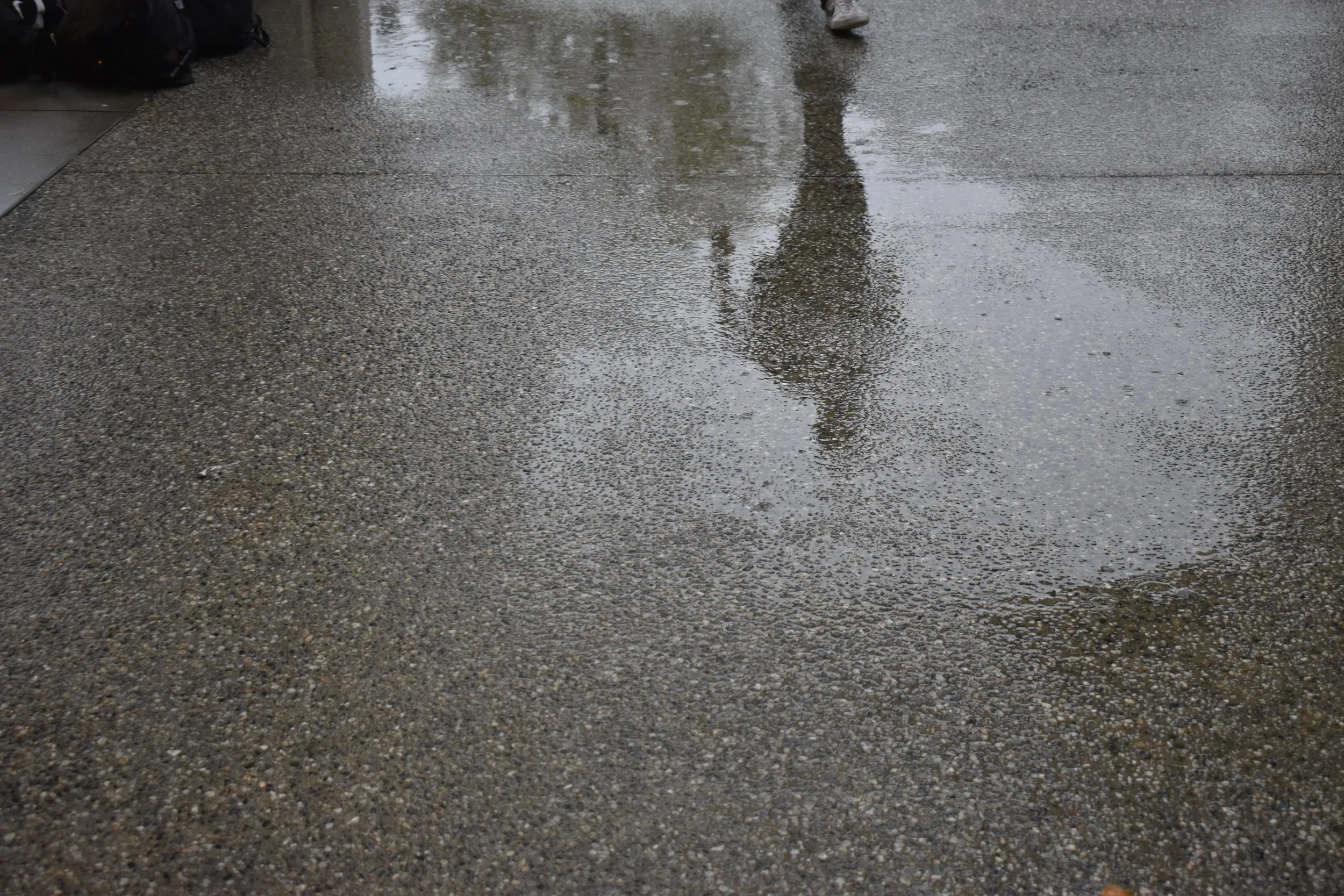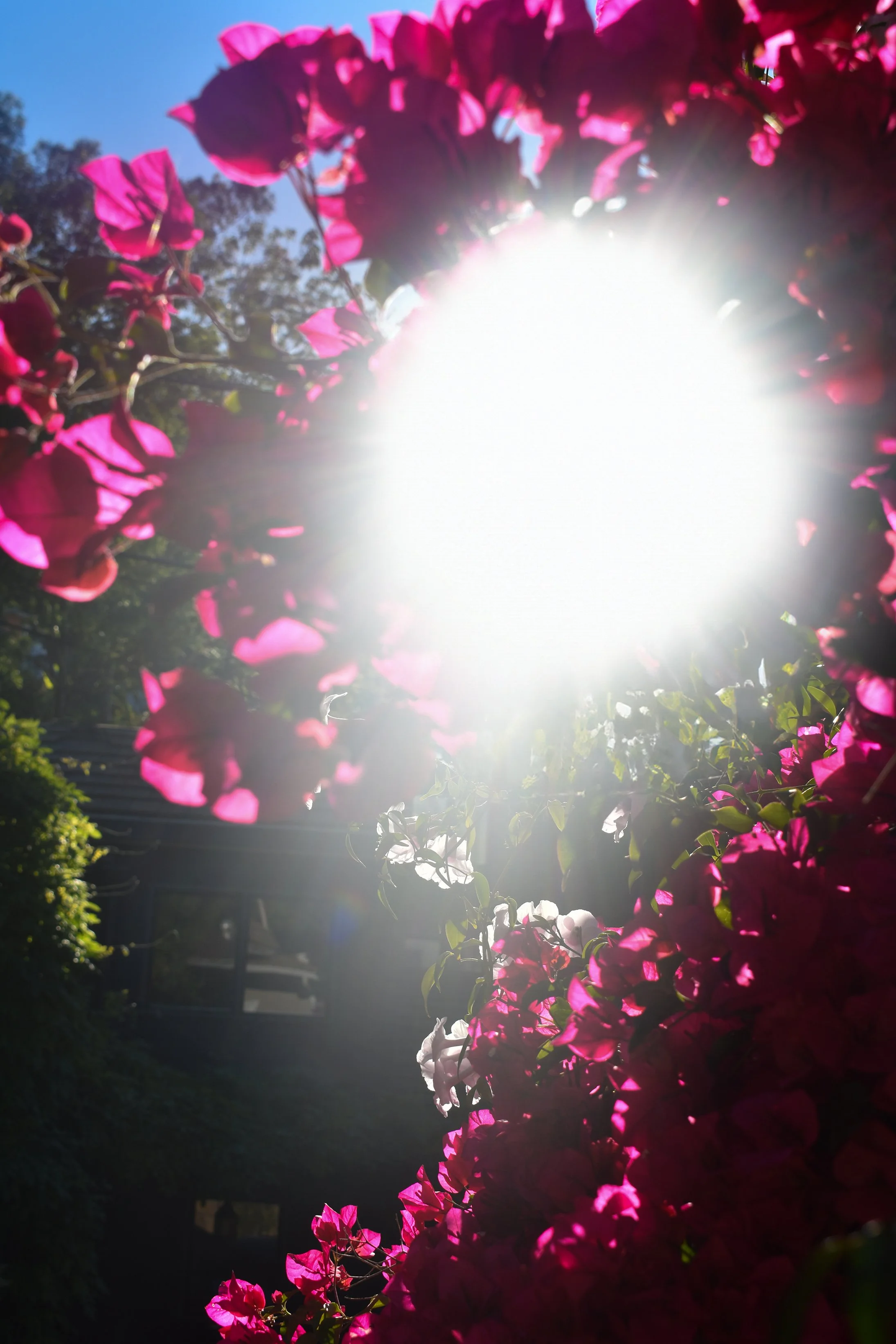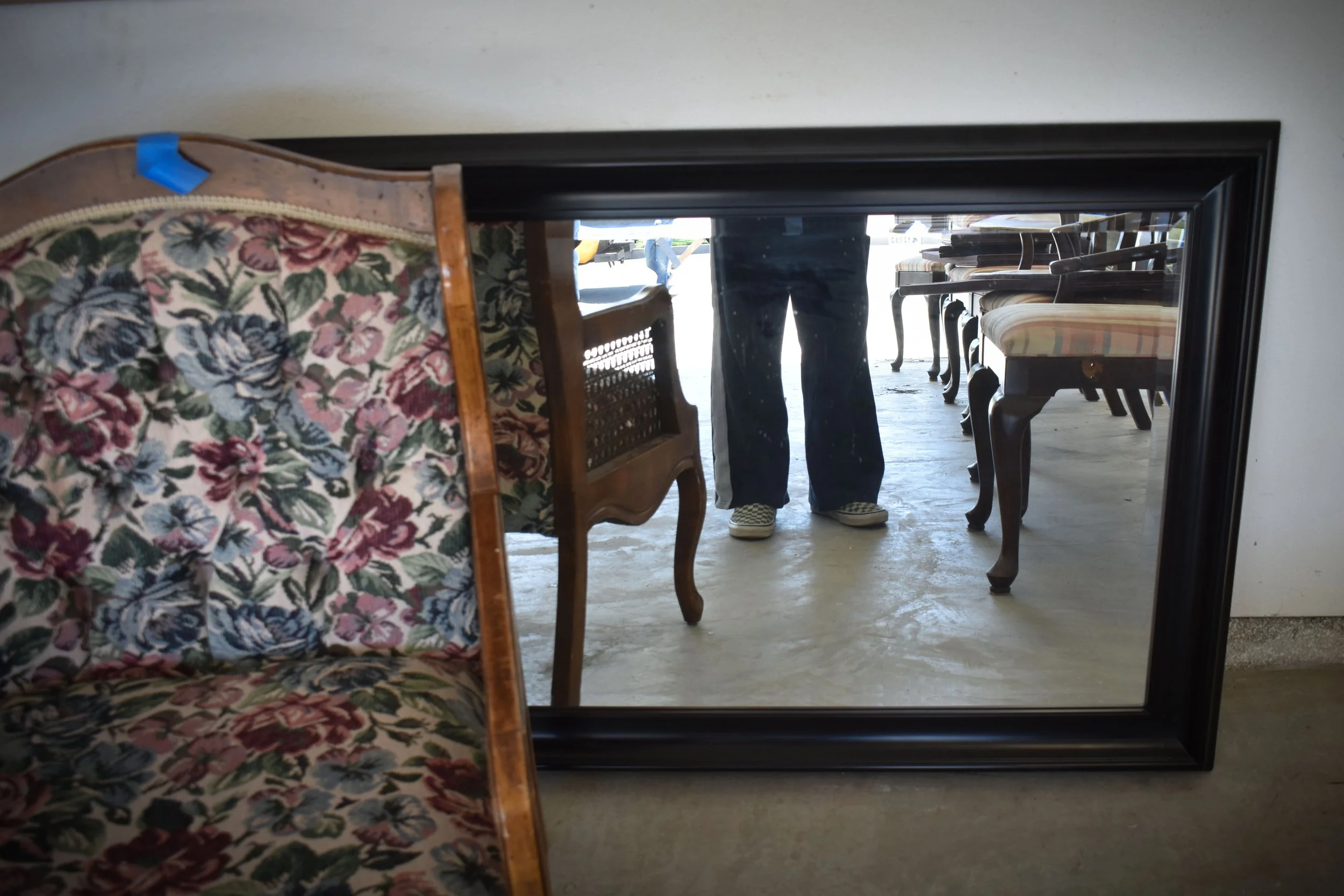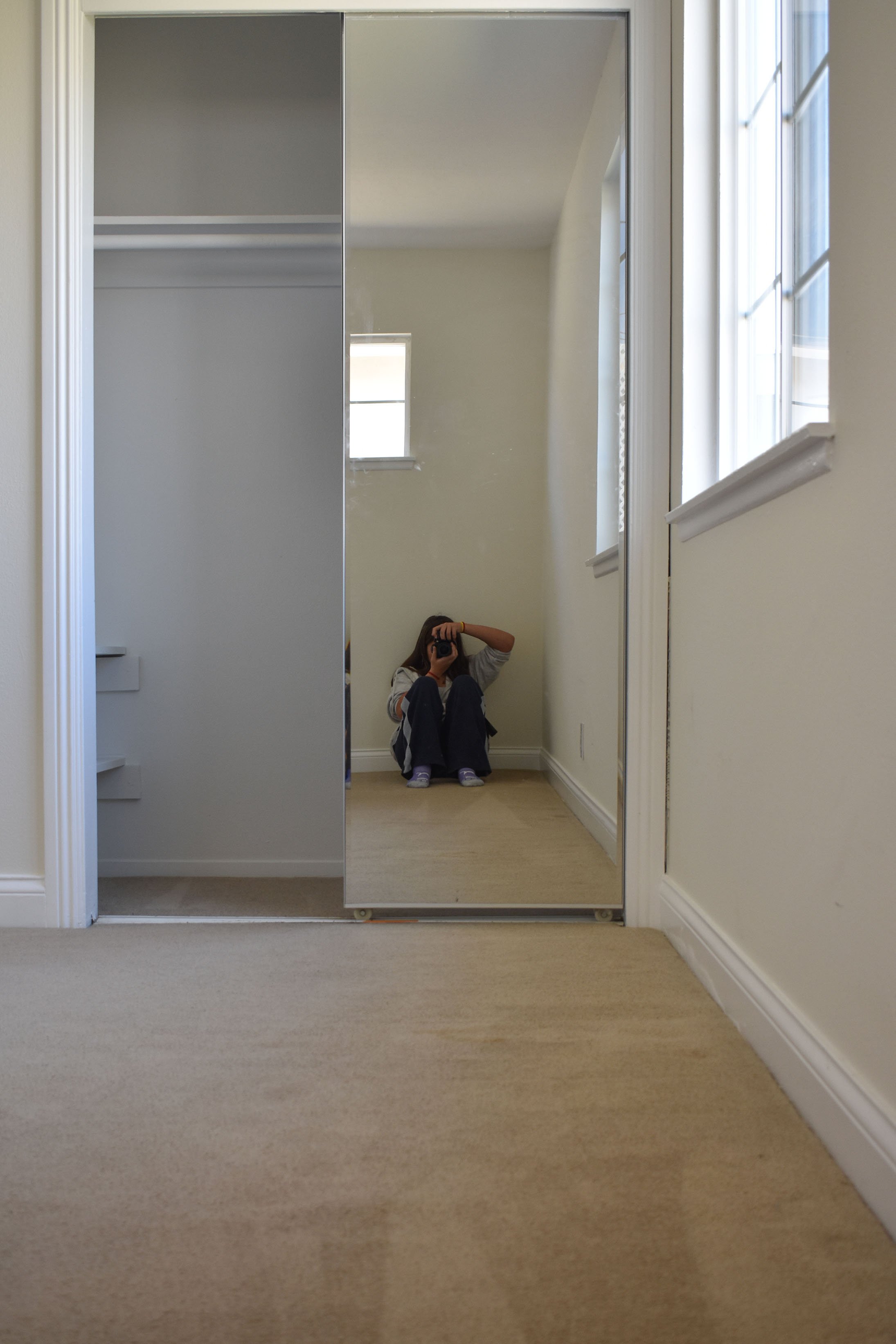Through the Looking Glass
It is clear that as humans, we are amazingly interested in our own image. It could be mere vanity but also mirrors show us ourselves and the passage of time etched on our reflections.
This semester students created self-portraits and other worlds that reflected who they are and where they see themselves. Using mirrors, Self, icons, communities and collections, they reveal and conceal something about who they are while creating other worlds. They were asked to express feelings, mood, and emotions in a still photograph.
Amelie
Sophia
My photography is on the topic of transition— how in this stage of my life, I am constantly in flux. I’ve realized that much of my current identity is built upon this idea of transition. My moms side of the family immigrated from Taiwan to the US when my mom was in high school. My dads parents have never set foot in the US. They sent their only son here in pursuit of a better life. I would not have been born if both sides of my family didn’t cross oceans. This is why the theme of water is present throughout my work, not only representing the shifting currents, but also the literal body of water my family crossed. Using this theme of transition, I also reflect on this stage of my life, which is being a teenager. We are in the motions of growing up, and I try to capture the loneliness, the joy, and sometimes the satire of this stage in my life.
Gabe
Khadija
Sumūd, صمود
Color, texture, and flavor have always carried the stories our voices weren’t allowed to tell. This book is a visual homage to my culture and community, an effort to preserve and elevate the everyday moments that define Palestinian and Arab life in diaspora. Growing up in Los Angeles, I’ve witnessed how often our stories are distorted, diminished, or simply erased. Through this body of work, I aim to reclaim space for those narratives, to offer a portrait of presence, pride, and continuity.
The photographs traverse a range of intimate and communal spaces: family-owned shops, walls lined with traditional Arab candies and sweets, walls textured with fabrics and signage that speak in Arabic. Color and texture are central to this project, not only in the aesthetic sense, but as carriers of memory, emotion, and identity. One image captures a quiet moment in my grandparents backyard; another frames a vibrant store display where the sensory richness of culture comes alive. These details, often overlooked, form a visual language of belonging.
At its core, this work is an assertion of existence. It is a response to silence, a quiet but resolute declaration: we are here, and we are so proud. I hope viewers leave with a deeper sense of our presence, not as guests or outsiders, but as integral threads in the fabric of tour cultural presence in LA and OC. This project is both personal and collective, an offering of pride and remembrance.
Hanna
THINGS WE GROW FROM
It began with loss. After a fire destroyed my community, I was displaced from everything familiar and moved in with my Halmoni, my Korean grandmother. What started as a temporary arrangement turned into a period of deep reflection—on culture, identity, and the ties between generations. Suddenly immersed in an environment I had always felt distanced from, I began to confront my fragmented connection to my Korean heritage, and in that process, came to consider my Filipino background as well. Through this project, I explore the complexity of navigating a bicultural identity, the strength of matriarchal bonds, and the emotional terrain of starting over.
The images in this series trace my experience as a second-generation Asian American growing up in Los Angeles—where cultures overlap constantly, yet I often felt distant from my own. I didn’t grow up speaking Korean, and visits with my Halmoni were warm but always slightly out of sync. Living with her after the fire forced a kind of closeness that felt both unfamiliar and necessary. I began to notice the quiet rituals she moved through every day, the way she tended to her garden with care and patience. That space—lush, overgrown, and deeply hers—became a symbol of everything I had once felt disconnected from. Flowers appear often in this work, representing growth, memory, and the slow work of reconnecting to one's roots. In photographing them, I found myself drawn to the ways beauty survives even in the aftermath of loss. This process also led me to reflect more deeply on my mother’s Filipino culture—another influential part of my identity. In this project, I attempt to bridge the gap of disconnect I face with my grandmother and learn to live comfortably in my own skin, coexisting with 2 different pieces of myself. Through portraits and still moments, I began to recognize the quiet resilience that exists across both sides of my heritage.
Ultimately, this project is about becoming. About living between two cultures, and learning not to strange myself from them but to hold both with care. It is about honoring the strength and femininity passed down through my Halmoni and my mother, and allowing that legacy to guide me toward my own sense of belonging. In the end, loss did not penetrate—it cleared space for something new to grow.
Karsa
Hollen
WHERE THE EYES DON’T GO
At an early age, I learned that everyone—no matter where they come from, what they look like, or how much they have—has a story to tell. We are all connected by our shared human experiences, yet each of our stories is uniquely our own. Through street photography, I’ve found a way to preserve these stories, to give voice to those who are often silenced or unseen. My portfolio, Where the Eyes Don’t Go, captures ordinary people navigating their lives, and in doing so, reveals the extraordinary beauty in the ordinary. From someone taking a break from everyday work to a stranger lost in Los Angeles, I freeze moments that might otherwise disappear forever. This desire to hold onto fleeting instants stems from my own experience with loss. During those times, I found solace in listening to other people’s stories, and in telling them through my lens. Even in the imperfections of society, in the broken sidewalks and tired eyes, there is profound beauty. Just like life, a photo can’t be controlled—you can’t predict it, you can only be present for it. And in being present, through black and white photography, I’ve come to understand that there is power in simply being seen, and in seeing others for who they truly are.
Honore
Samaya
Jackson
Vicky
PASSING
Looking back on the past 4 years of my life, I have realized just how much I have grown. When I was a kid my sister and I used to imagine the days we would be just like the big kids in high school. I
never imagined it possible to be as big or wise or smart as the older kids, and now as I reflect I sometimes wish I could be as innocent as I once was. This project encapsulates how my most important spaces and perspectives have changed with regard to growing up and into myself.
The car is a significant symbol in my life, representing a quick-changing adventure that allows you to carry what is most important along for the journey. Furthermore, the car is a place of intimacy and belonging, where private conversation with family and friends is shared. Most importantly, the car is a safe space. I was inspired to incorporate documentation of my home, and car, as my car has acted as a second home to me during my daily travels to school, practice, and the homes of my friends and family.
Much like moving through different chapters in life, while in the car, I am consistently present through the transitions of sunrise to sunset. Additionally, through the last year of high school as the youngest child, I have witnessed the backseat of my car slowly shallow out, with my oldest sister already graduated to college. Through my project, I hope to demonstrate how much like the passing of place and time, in the car, I feel my childhood quickly moving into adulthood.
At times I used a darker color palette to demonstrate the aspects of my life that have slowly started to become distant or “grey” as I anticipate myself leaving home. In contrast, I utilized brighter pops of color to show nostalgic themes that have been recently resurfacing. In addition to the car, I hope to create an overarching theme of family connection through the reappearance of nature such as trees, cacti, and flowers. Finally, I used different presentations of landscape, portrait, distant, and close-up images to reflect the idea of changing, contrasting, and adapting views that reflect the development of my own as a young adult.
John
TRANSFORMATION
On the crux of graduation and life beyond high school, I am at once captivated by hopefulness and transfixed by apprehension of the encroaching future. Transformations define this period of my life and thus the inherently transient nature of fantastical alchemy becomes a focal point of what I photograph. From transmuting soil into gold to creating life out of thin air, these imaginations resonate deeply with my desire to craft a new life for myself as a young adult.
With each photo in this book, I hope to grant shape to my metamorphosis and take the narrative of my life’s story into my own hands. Pairing and sequencing images with similar technique, composition, and color while also ensuring that each pair has noticeable visual differences, I hope to express my ambivalence about growing away from my life in high school and California. I also heavily incorporate both real and fake flowers in my sequencing as a way to express my alchemical theme, dictating my positive and beautiful aspirations of life ahead. My use of portraits is a signature I wish to leave in my work, giving name and meaning in order to specify the scope of this work to both my aspirations and fears for the future.
Transitions are a common theme in my life. Moving from China to the United States and moving from elementary school to middle school and high school, transience defines a large portion of the relationships I can and will make.
From culture differences to school communities and friends,nothing really stayed the same for more than three or four years at a time. Being able to honor this tradition of my life by capturing my angst and hope for college using photography brings another dimension to the things that couldn’t have lasted before. It makes me happy to be able to preserve this, and I imagine this photo book will mean more and more to me as time goes on..
Jia
Harper
WONDERLUST
Tour buses, eye-catching signage, pink stars embedded into anonymity, this is Los Angeles as I’ve come to know it. Not the city of postcards or studio lots, but of sidewalks and overheard conversation, of girlhood unfolding in the overlooked. My photographs trace these in between places, where adolescence meets place and identity grows in the shadow of palm trees and chain-linked fences. It’s not the LA people come to see, but the one I grew up learning to recognize.
This project began with a desire to re-see the city not as a spectacle, but as something lived-in. I used photography to slow down, to look closer at the spaces I’d always passed through. I wasn’t trying to capture beauty in the usual sense, but something quieter—familiarity, contradiction, warmth without polish. Tourism as a local became a metaphor for girlhood itself: navigating with curiosity, but no map.
Growing up here meant learning to see without illusion. These images reflect a version of Los Angeles that is personal, imperfect, and real. Through them, I hope to share not just a sense of place, but the feeling of becoming, of learning to belong without needing to romanticize what shaped me.
Laila
INNER BLOOM
I had absolutely no idea where I wanted this project to go at first. My mind map was filled with endless ideas, bubbles overflowing on the page. I knew I had to just start. I brought my camera everywhere I went, uploading and noticing trends in the moment that shaped what is in front of you today. I realized that there were pieces of my family’s story that felt heavy and unfinished: grief I hadn’t looked at in the eye, questions I didn’t know how to ask. At one point, I felt a sense of distance between us through the photos, an inexplicable presence. The series slowly unfolded. This book is named for the journey I went through to create it---from disconnection to a kind of blooming.
Innerbloom moves through five chapters, explaining the origin story, death, absence, distance, and hope within my family history. I used portraiture, long exposures, shadows, and mixed-media intentionally. As one progresses through the book, the final chapter is not a resolution, but signifies a turning toward Jesus---a hope I can’t always explain, but can feel.
Creating this body of work pushed me technically out of my comfort zone. But, even more important than any new skill is how Innerbloom showed me that grief shows up in our everyday lives. Loss can live alongside routine, sometimes hidden in shadows. Ultimately, this work became an indicator of resilience: showing that even in death, something new can grow. Like a flower blooming in the dark, hope takes root in all of us---not flashy or sudden, but steady and real.
Sylvie
MISSING MOMENTS
My family lives on traditions and rituals – in our own unique way. Since I was a young kid, the Pan Pacific Park fields I played and continue to play soccer on have been our home base. On the lucky afternoons when my grandma picks me up from school, we return to her house, where it is always the same: I sit in my usual chair in the breakfast room and eat her chicken salad or matzah ball soup.
During lockdown, when we would take a bike ride, it would be through the hills of Silver Lake, and naturally, the final destination was always Pazzo Gelato—a neighborhood gelato parlor. It didn’t even matter that it was 4.6 miles from home and farther than the ice cream shops right by our house. That was never the point. The routes we followed and the places we returned to became habits—ones that never challenged me to question or observe my surroundings in a new way.
For my project, I revisited the places of my past and present and spent time at each location observing and reflecting. I noticed the types of people, the hidden and quiet spaces, the items left behind, the way the light struck, and more. The photographs I took honor my family’s traditions, with a focus on the quiet details I had spent years overlooking. Living in such a bustling and restless city like Los Angeles where pausing to simply observe can be rare, it’s easy to overlook the things you pass every day. Moreover, in the final pages of the book, I wanted to honor my grandfather, whom I never had the chance to meet. In revisiting our family’s newer traditions, I hoped to share with him the pieces of life he never got to experience.
On each spread of my project, I aimed to create a brief narrative, connecting two moments through a shared pattern, idea, or feeling. Whether it was my use of light, shadow, movement, emotion, or tension between images, every placement was deliberate and is meant to carry a deeper meaning.


